Simple Sustainable Hacks For An Effortlessly Green Home
Sustainable living isn’t about completely altering your lifestyle all at once — it’s about finding small ways to change your lifestyle, and adding more once you’ve mastered one step. There are also many easy ways to make your home more sustainable — little changes that won’t take up much time or money but will make a big difference in the long run.
Making sure you’re recycling, composting, and using energy-efficient appliances may seem like a lot of effort, but you don’t need to start there. Using fewer disposables and investing in reusable items like cloth napkins, hand towels, and shopping bags are just as important.
You may also go digital for bills and newspapers, further reducing your paper waste. Just turning off lights and fans of unoccupied spaces adds to sustainable living. Here are some of our favorite sustainable hacks for an effortlessly green home.
1. Heavy curtains for summers
There’s a huge debate on whether or not heavy curtains are a tool to be utilized in the summer, or saved only for winter. Some people say it’s better to let the natural light in and use fans and air conditioning to keep things cool, while others swear by the power of the heavy curtain.
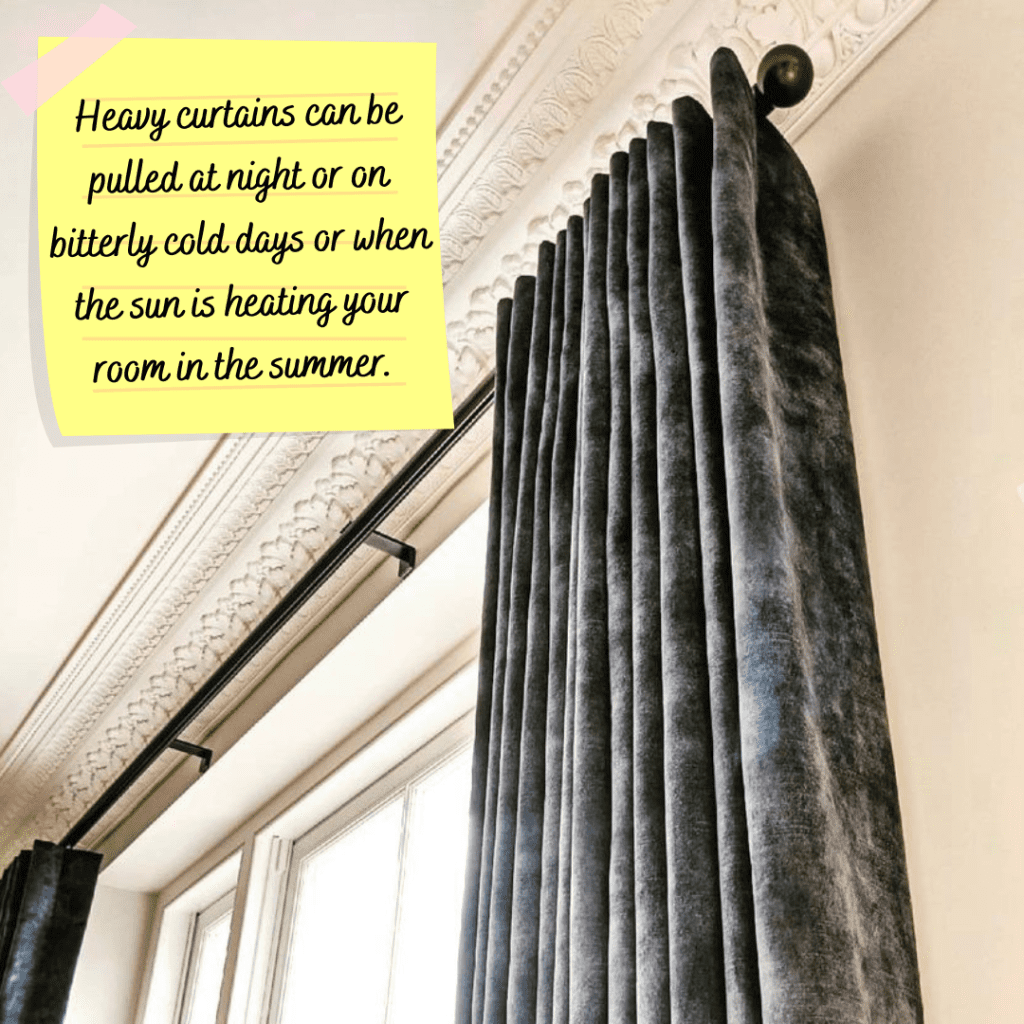
Here’s why heavy curtains may be a good idea for summer. By blocking out the sun’s rays, and therefore its heat, they’ll keep your home cooler. Second, they can help reduce your reliance on air conditioning, saving you money on your electric bill and making your home more environmentally friendly.
2. Reusable makeup remover
Reusable makeup remover cloths are a great way to live a more sustainable lifestyle. Not only are you doing your duty to reduce waste, but you’re saving money in the long run. Look for cloths made from natural fabrics like cotton or bamboo. Synthetic materials like polyester can be environmentally harmful and aren’t as effective.

Ensure the cloth is absorbent enough to thoroughly remove all traces of makeup. A good rule of skin care is to look for a fabric that’s at least twice the size of a standard makeup wipe. Use an oil-based balm to break down the makeup before using the cloth with warm water.
3. Compost at home
You can compost your kitchen waste at home for a more sustainable lifestyle! Doing so will reduce how much garbage you contribute to the landfill and will help create nutrient-rich soil for your garden. You can use a compost bin, vermicomposting, or an aerobic digester.
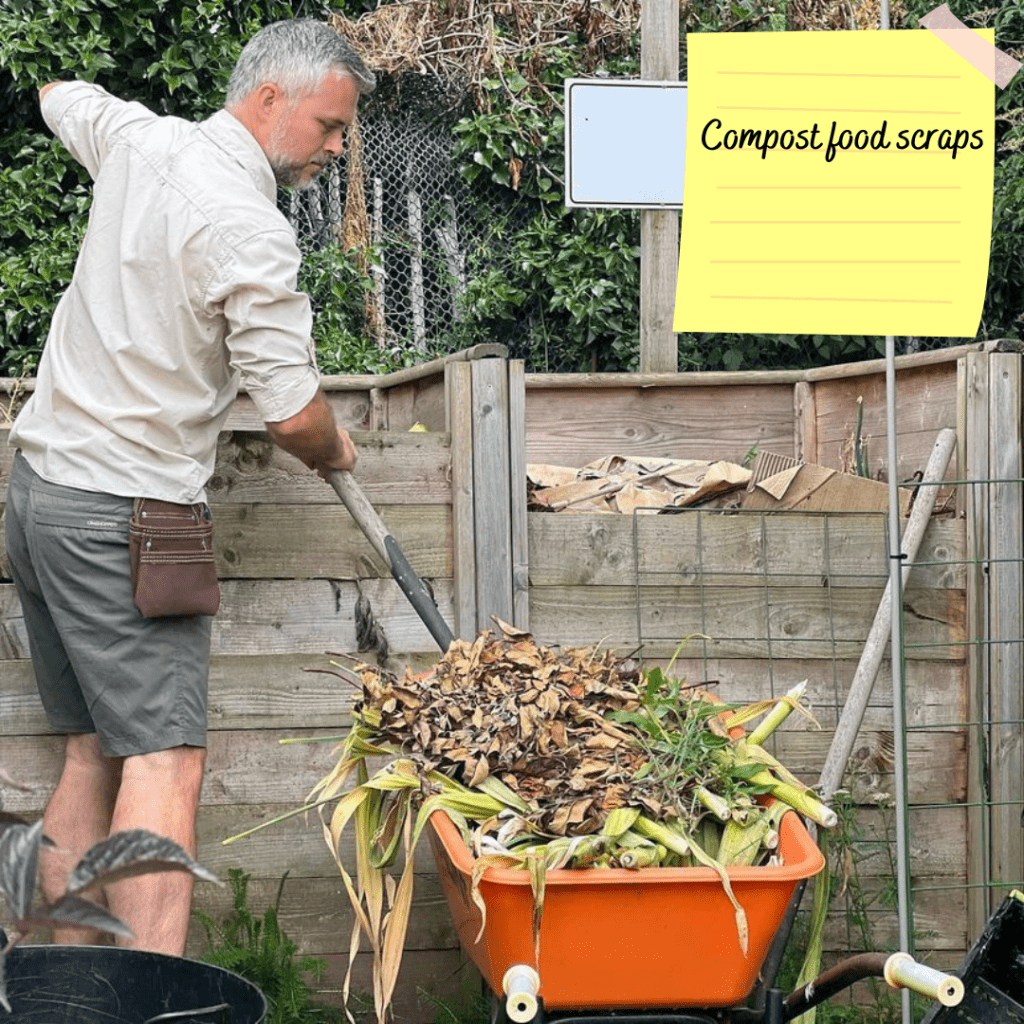
Each method has benefits and drawbacks, so research is essential before deciding which is best for you. For example, worm bins make it easy to recycle your food scraps right in your kitchen. The worms eat the food scraps and turn them into nutrient-rich fertilizers for your plants.
4. Insulate your home
Sustainability is about reducing your impact on the planet, and insulating your home is a great way to do that. By keeping your home well insulated, you’ll use less energy to heat and cool it, which means fewer greenhouse gases will be emitted. And, of course, using less energy also reduces your utility bills.
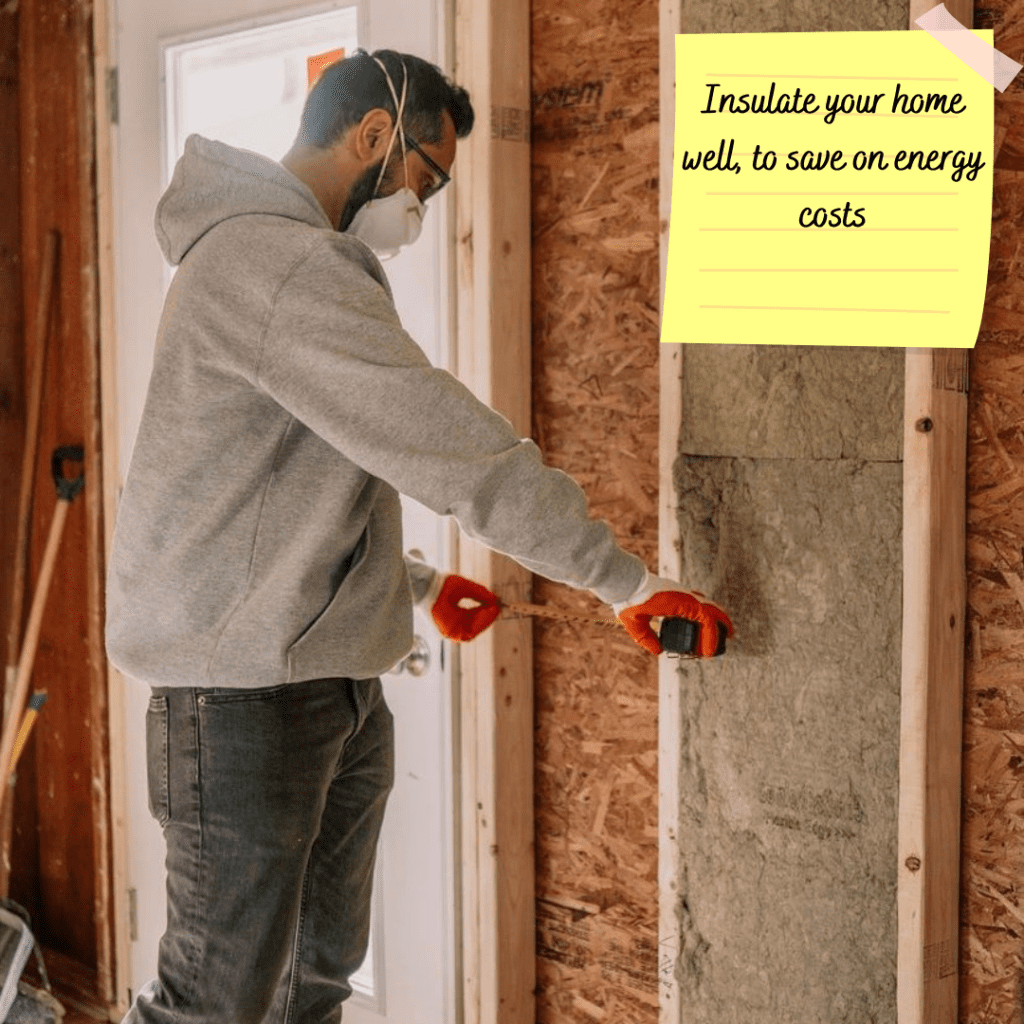
There are several ways to insulate your home, but one of the simplest and most effective is ensuring you have good-quality windows. Windows are notoriously inefficient regarding energy efficiency, so upgrading to double- or triple-paned windows can make a big difference. Reduce drafts with weather stripping around windows and doors.
5. Avoid plastic containers
Using plastic containers is convenient, but it’s not sustainable. Plastic is made of toxic chemicals that can leach into your food and water, and it’s not biodegradable, so it just pollutes our environment. There are lots of great alternatives to disposable plastic containers that are environmentally friendly and cost-effective.
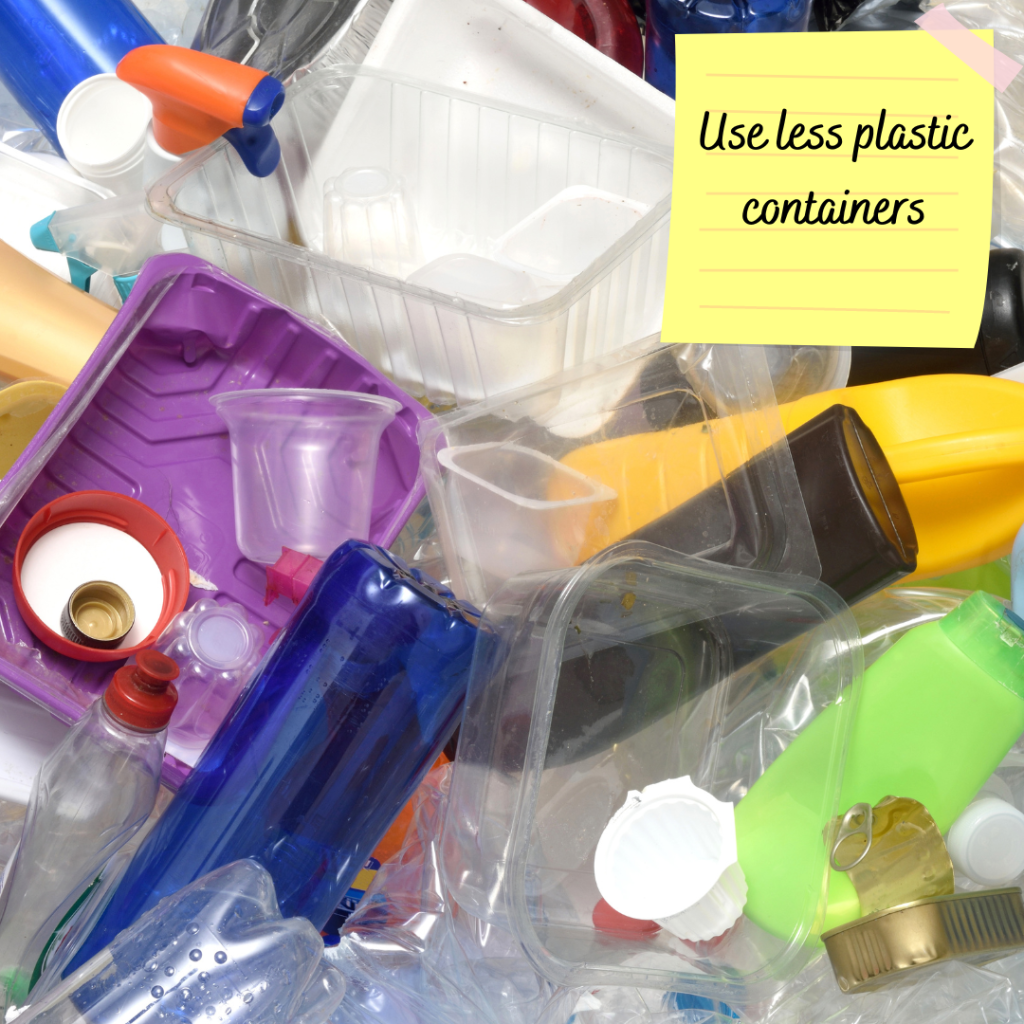
For example, you can use reusable glass or stainless steel containers or even cloth bags and baskets. For a portable solution, some great options are silicone or bamboo storage containers. Whatever material you choose, make sure to reuse and recycle any old plastic containers you already have.
6. Mend your clothes
Most people don’t think about it, but how we treat our clothes dramatically impacts the environment. The textile industry is one of the most polluting industries in the world, and the average person throws away around 68 pounds of clothing each year.
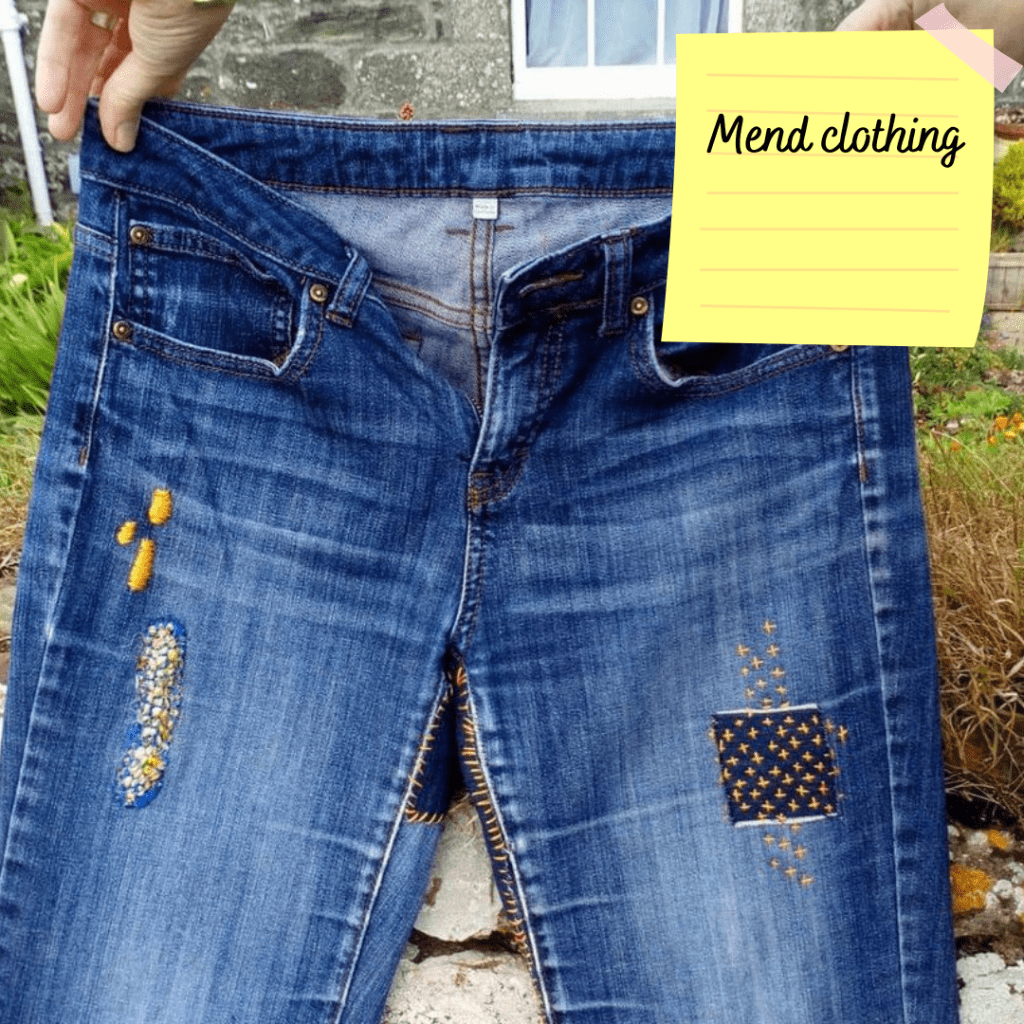
One way to reduce the impact on the environment is to mend your clothes instead of throwing them away. We’re not saying to make all your clothes from scratch. Just making minor repairs, like sewing a torn seam or patching a hole, can prolong the life of your clothes in the long run.
7. Use solar panels
There are many reasons to use solar power in your home. First, it’s a renewable resource and doesn’t pollute as traditional energy sources (coal and oil) do. And since it comes from the sun, it’s free! Another significant benefit is that it’s incredibly efficient.
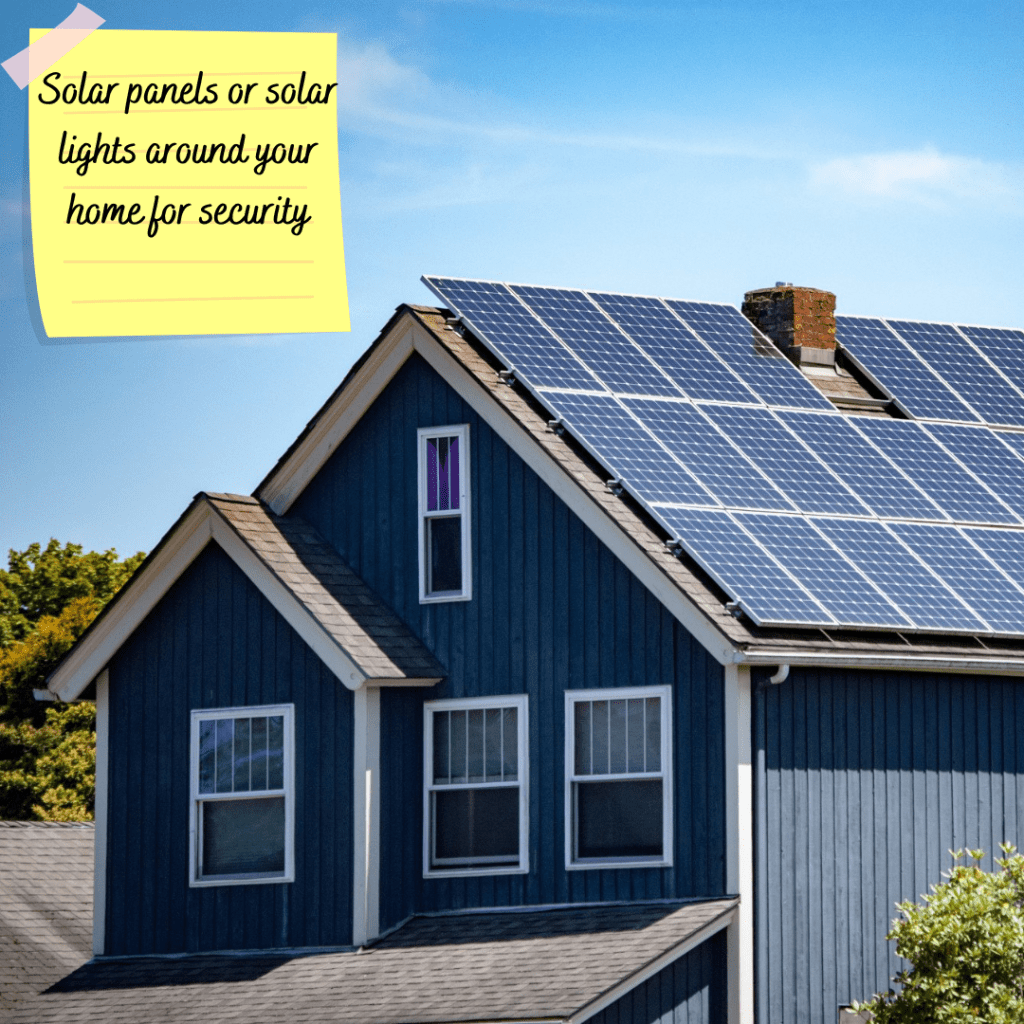
Solar panels may help you decrease your carbon footprint and also save you money on your energy bills in the long run, with some homeowners attesting they paid off in only a few years. Investing in solar panels is worth considering as a sustainable and cost-efficient way to power your home.
8. Invest in energy-efficient appliances
Green living is the future, and by investing in energy-efficient appliances, you are doing your part to help reduce your environmental impact. The Earth benefits, and so does your wallet! By using less energy, you’ll have a lower utility bill.
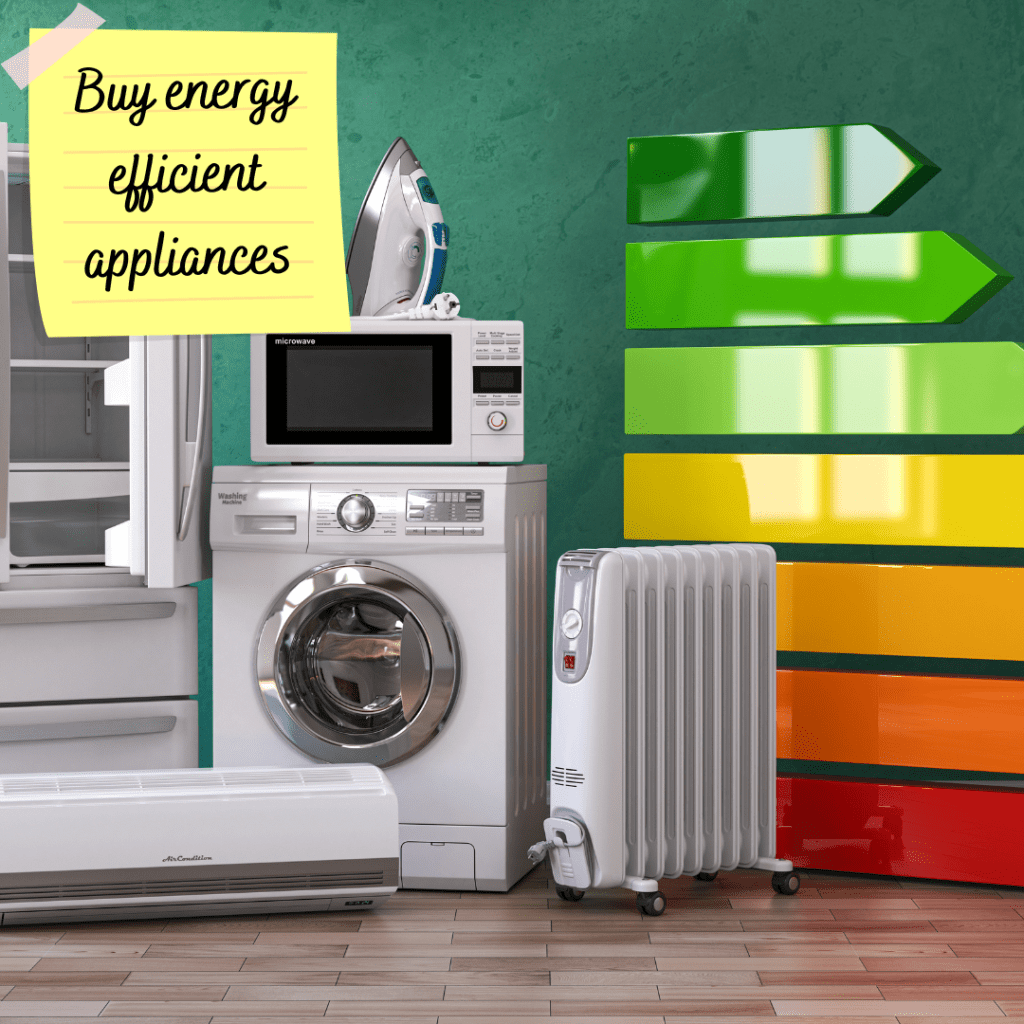
So why wait? Invest in some energy-efficient appliances today and make a difference for the planet! You can get intelligent thermostats that can help you save up to 30% on your heating and cooling. Buy low energy-consuming appliances that come with a star rating.
9. Beeswax wrappers
Not only is beeswax wrap sustainable, but it’s also easy to use and more effective than regular cling wrap. Simply mold the beeswax over your chosen food item, just like you would with disposable wrappings. The heat from your hands will seal the edges and create an airtight seal.
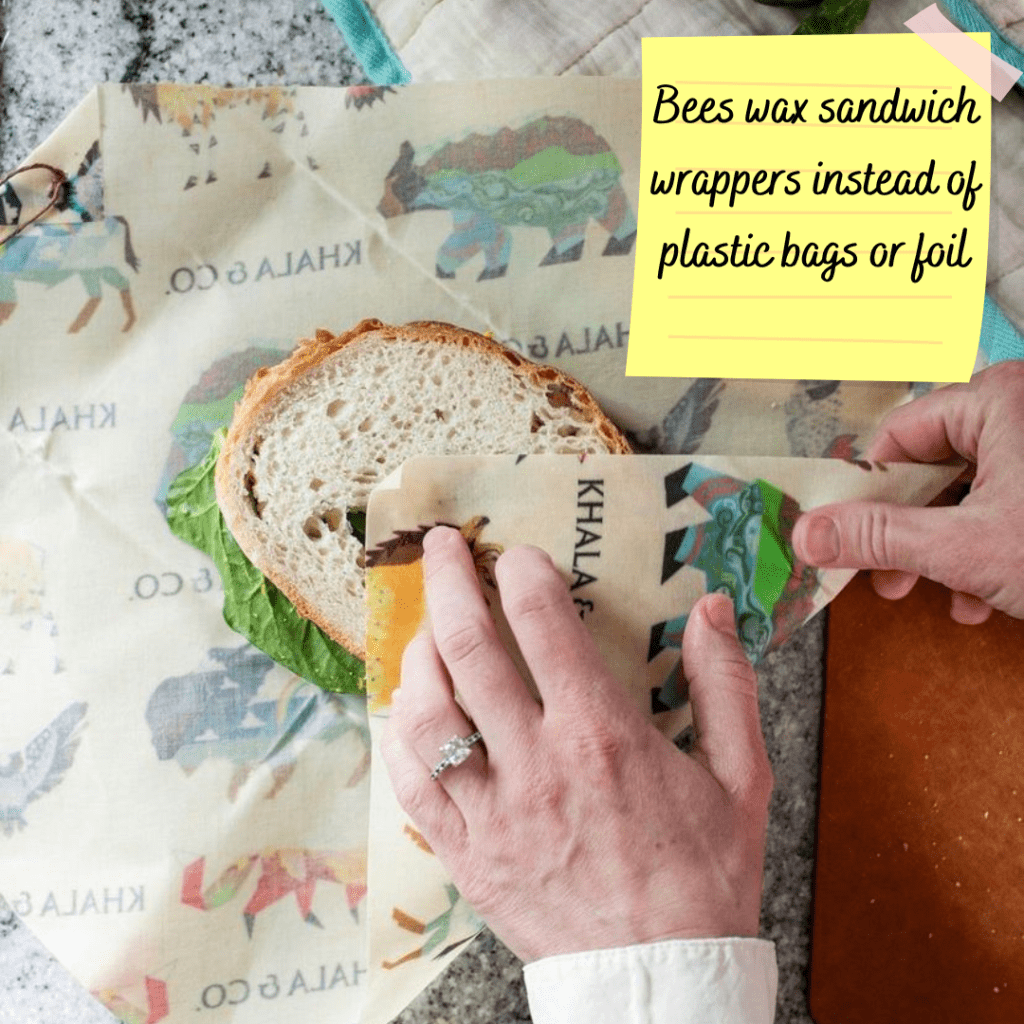
No more worrying about your sandwiches getting soggy or your fruits going bad too quickly! Beeswax wrapping paper is also reusable — simply wash it off with some warm water and vinegar after you’re done with it, and you can use it again and again.
10. Recycle everything
The first step to recycling everything in your home is to think about what materials can be recycled. It’s important to research your local recycling options because different municipalities have different rules. For example, some cities don’t recycle glass, while others have special programs for recycling electronics.
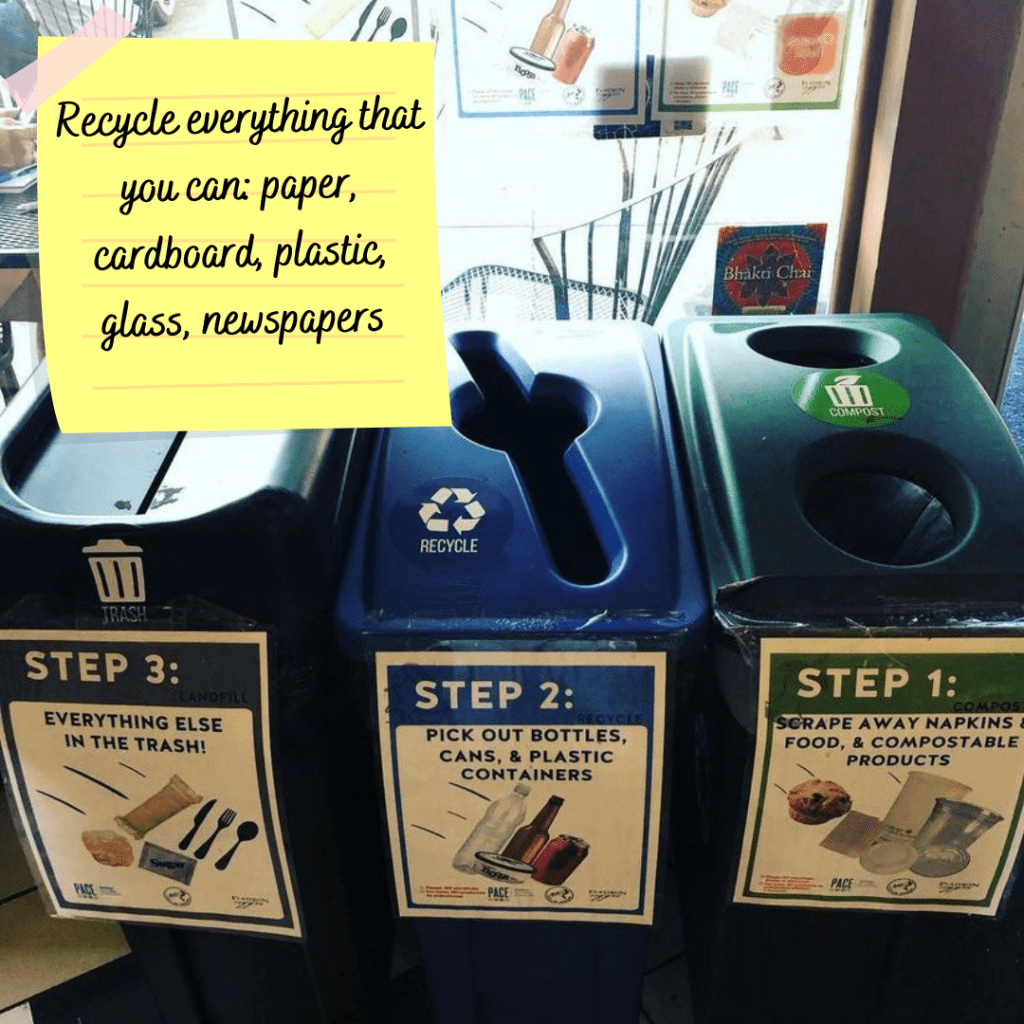
Once you know what can be recycled, the next step is to set up a system in your home to make it easy to sort and recycle materials. Create a designated recycling area in your house where all recyclables can be collected. Set up separate bins for different materials or use one container for all recyclables.
11. DIY natural cleaners
Looking to cut down on your household cleaning expenses and go green at the same time? Use DIY natural cleaners that you can easily make at home using ingredients that are sustainable and environmentally friendly. Vinegar is a potent cleaning solution that can be used for everything from floor and window cleaning to disinfecting surfaces.
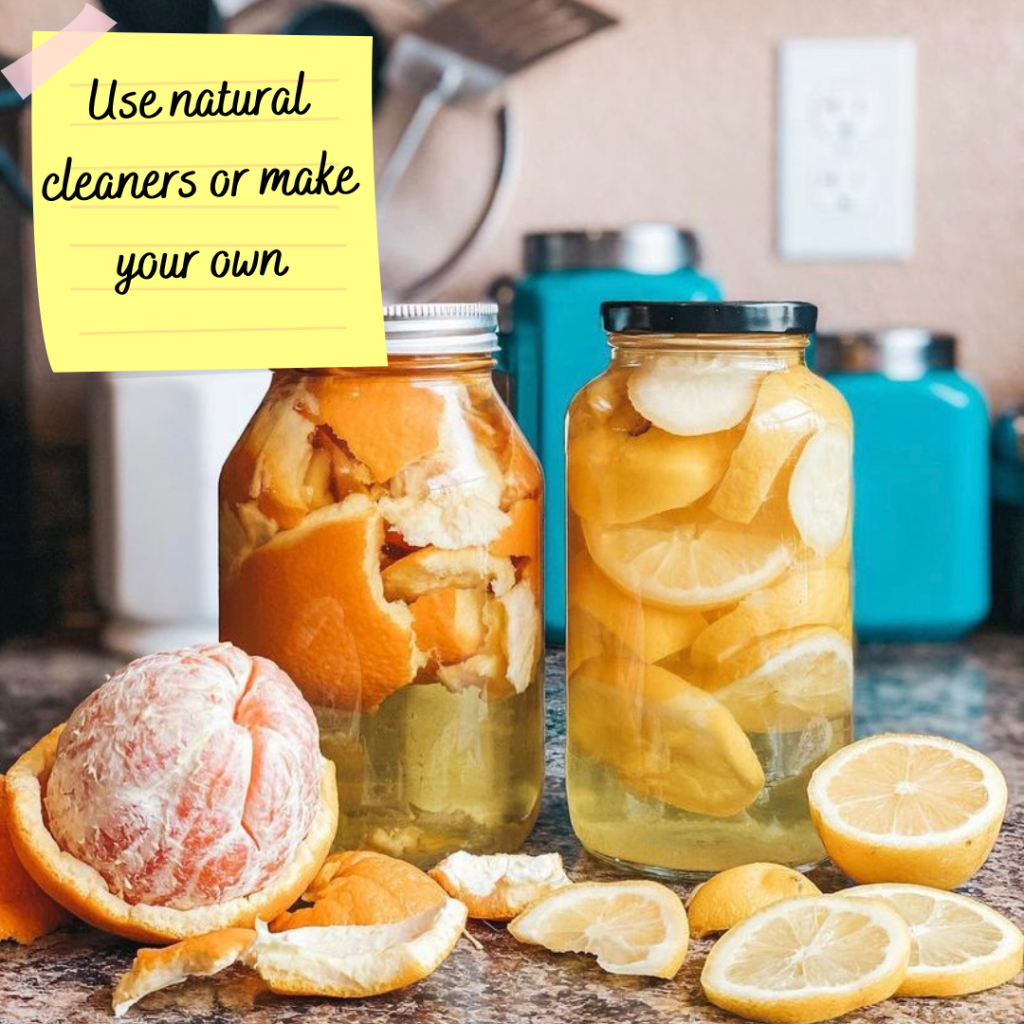
It’s also inexpensive and easy to find. To make a basic all-purpose cleaner, mix 1 part vinegar with 1 part water in a spray bottle. If you think the odor of vinegar is too strong, add citrus peels to mask the scent. Baking soda is another versatile item that can be used.
12. Stick to natural hacks
Regarding sustainability, few things are more important than reducing your reliance on chemicals and artificial products. That’s why gardening enthusiasts should consider sticking to natural DIY solutions whenever possible. Not only is it better for the environment, but it can also lead to a healthier and more productive garden.
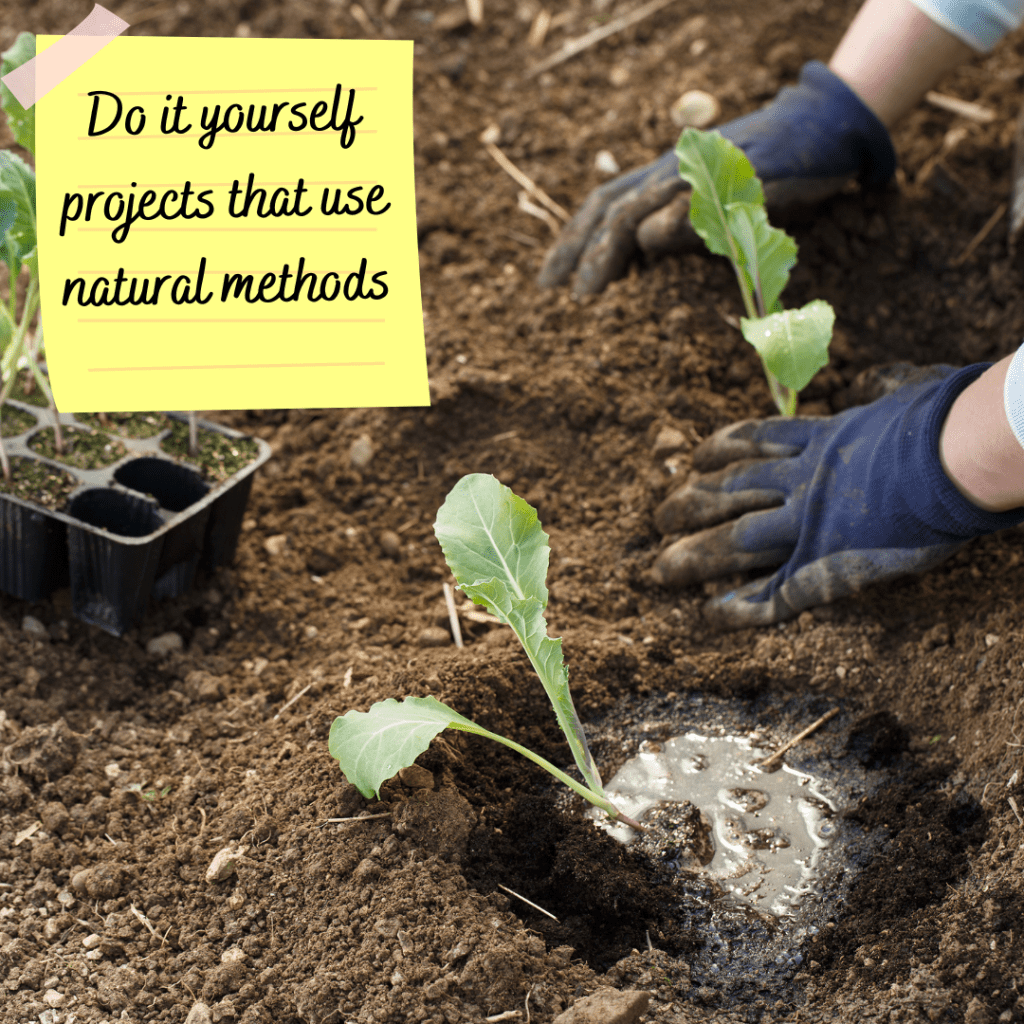
There are plenty of reasons why DIY natural solutions are superior to their chemical counterparts. First, they’re much better for the environment. Synthetic fertilizers and pesticides can end up polluting waterways and harming wildlife, whereas natural solutions are much gentler on the planet. Additionally, organic gardening generally relies on upcycled materials like compost.
13. Reuse bags for gift wrapping
It’s so easy to recycle paper bags into beautiful gift wraps! You can decorate paper bags with festive stickers or washi tape. Wrap small presents in colorful paper bags. Make a Christmas wreath by hot gluing several paper bags together, then tying ribbon or twine around the top.
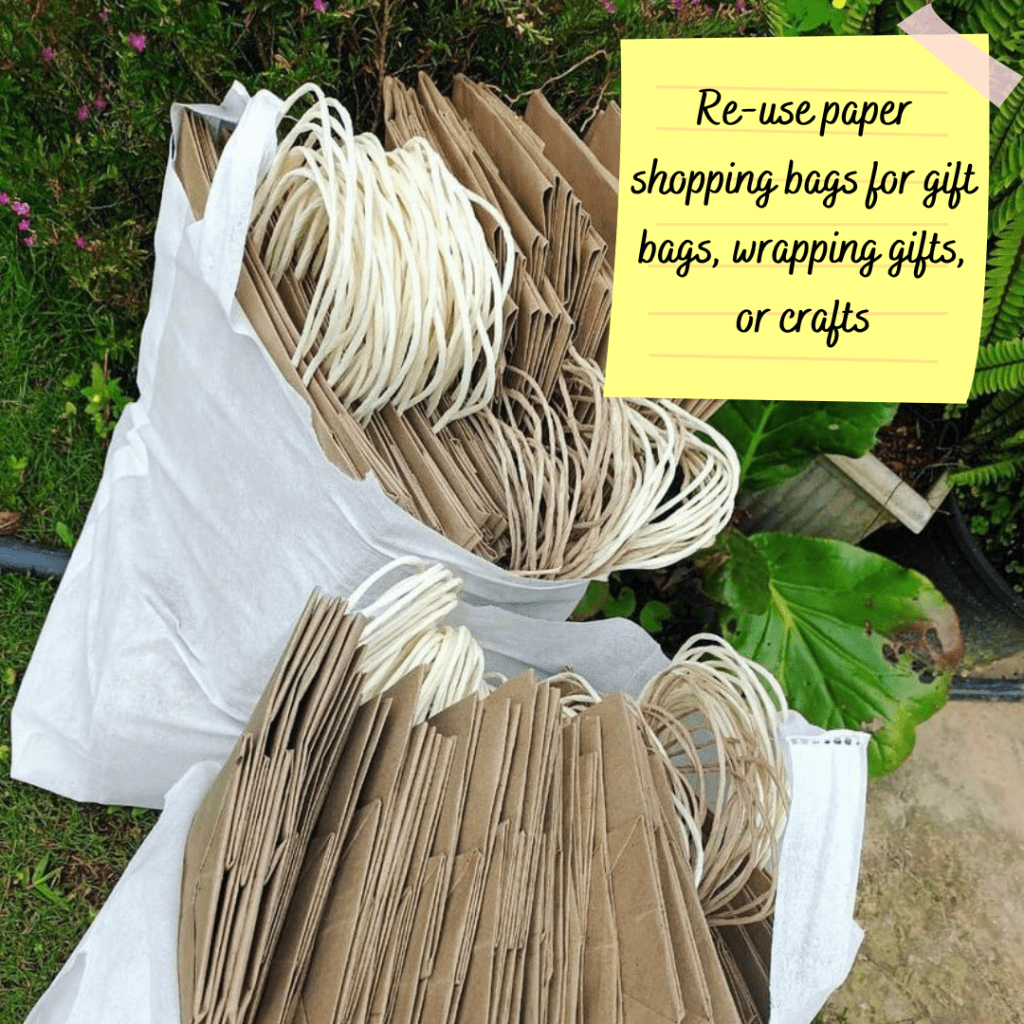
Cut off the top of the bag, unfold it, and then use a decorative edge punch to give your wrapping some added flair. You can also use the bags for crafting projects — like holiday-themed flashlight covers. By reusing paper bags, you’re helping to reduce waste and keep our environment healthy.
14. Eco-friendly building materials
The best eco-friendly building materials for a sustainable home will vary depending on location and climate. However, there are several general categories of eco-friendly building materials that can be used to create a sustainable home. You can use renewable materials. These are materials that can be replenished or replaced naturally and relatively quickly.
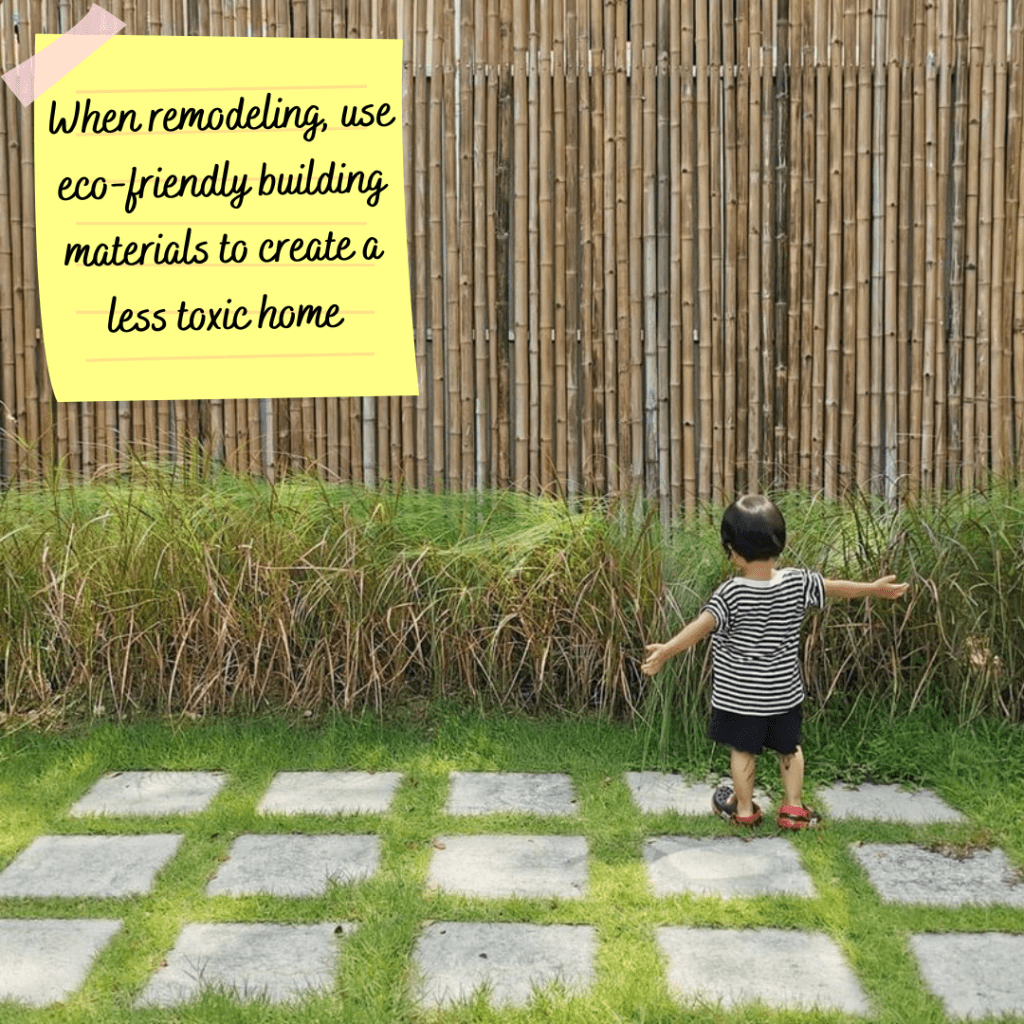
You can use bamboo or cork, which are great renewable materials. Or, you can use recycled materials. These are materials that have been diverted from the waste stream and instead used in construction. For example, using recycled glass or plastic.
15. Air dry your clothes
The air-dry method is not only sustainable, but it’s less harsh on your clothes. Since there’s no heat involved, this will help your clothes last longer. And the lack of a drying machine reduces your electric bill. To air-dry your clothes, start by hanging them on a drying rack or clothesline outside.
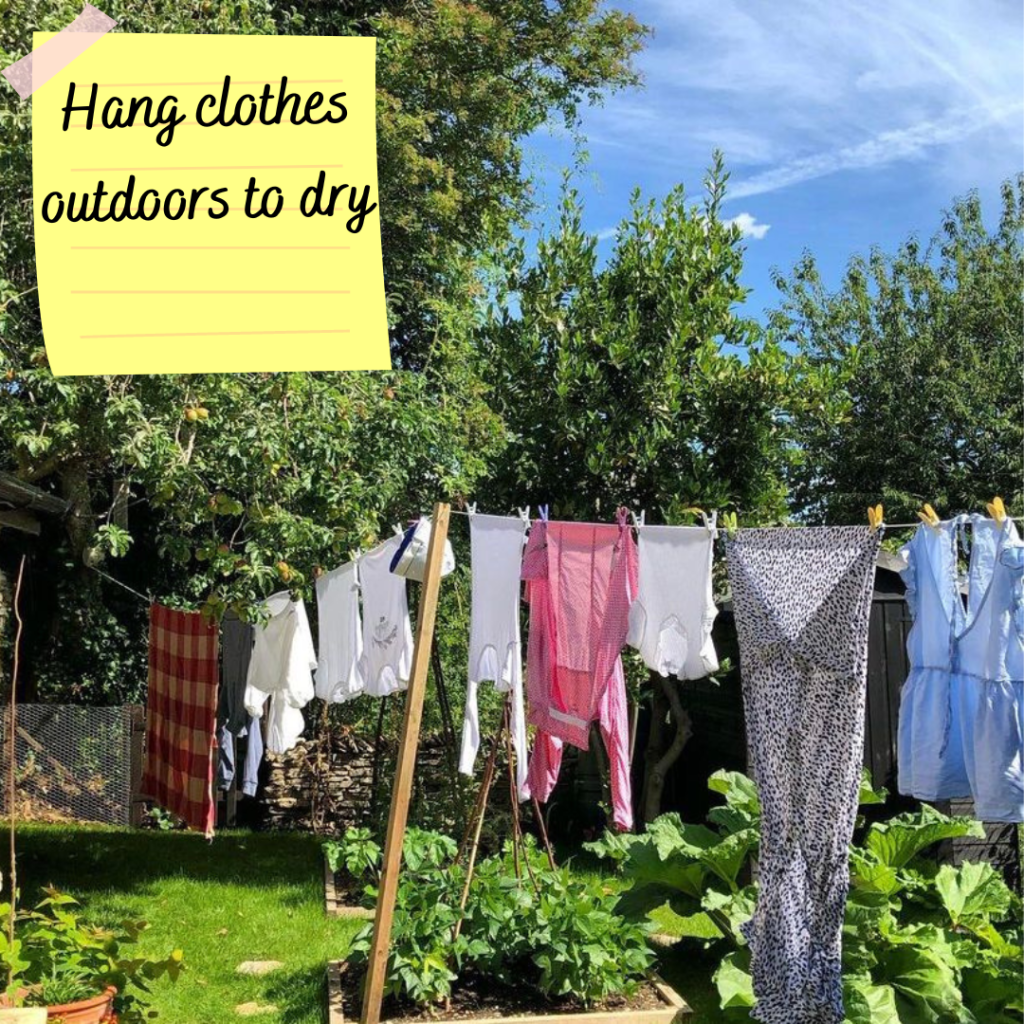
On a sunny day, the sun will help speed up the drying process. But don’t leave them outisde for too long, lest they become stiff or have the colors muted from extended exposure. If you don’t have access to outdoor space, you can air-dry your clothes inside by draping them over chairs or drying racks.
16. Recycle grocery bags
There are several advantages to reusing grocery bags — it’s good for the environment, it can save you money, and it helps keep your home clean and organized. Use these tips on how to reuse grocery bags. For starters, keep some in your car so you’ll never forget them.
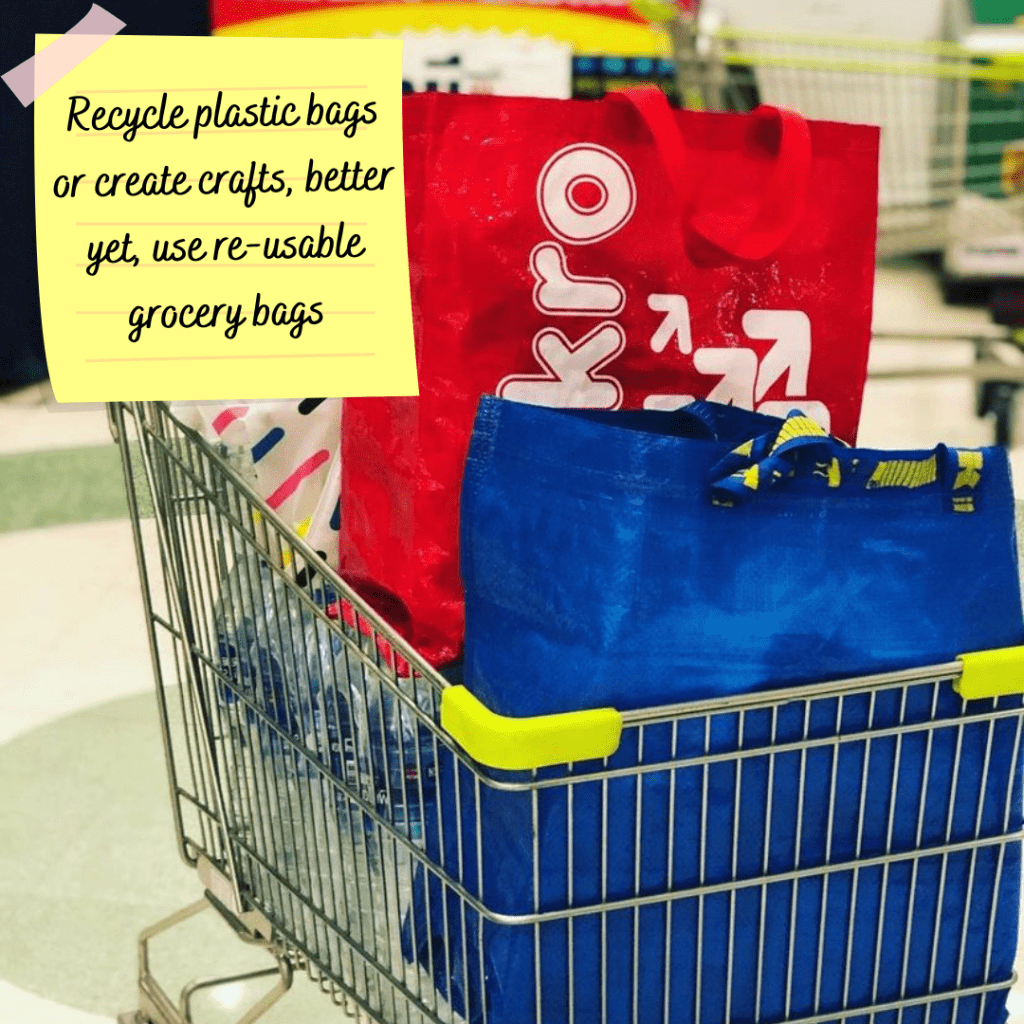
Use grocery bags to store loose items like toys, clothes, or laundry detergent. This keeps everything organized and prevents the messiness that often comes with having loose items scattered around your house. Put produce in reusable grocery bags instead of using plastic produce packaging from the store.
17. Upcycle old items
There’s no need to feel shame about wanting to spruce up your home — after all, it’s your sanctuary! However, it’s essential to be mindful of our consumption’s environmental impact. Luckily, there are plenty of ways to sustainably upcycle old items around your home. Reuse mason jars as vases or drinking glasses.
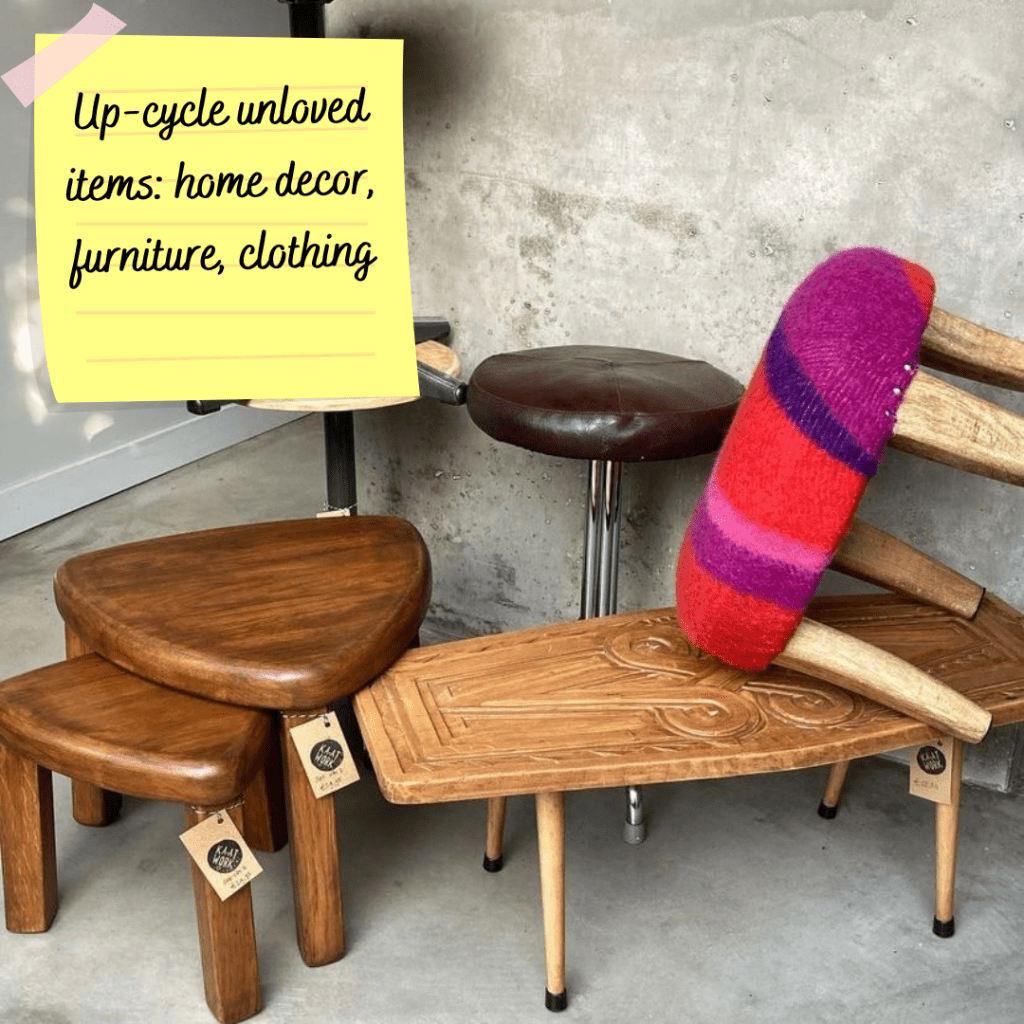
Mason jars are versatile — you can use them for everything from storing leftovers to making homemade salad dressing. Decorate jars with paint, ribbons, or whatever else strikes your fancy. Transform an old dresser into a sink vanity. Make plant pots out of recycled materials.
18. Plant a tree
There are many reasons to plant a tree for a sustainable home. Fully grown trees provide ample shade from the summer sun, and their leaves can help clean the air. Trees also offer a habitat for wildlife, and their roots can help stabilize soil and prevent erosion.
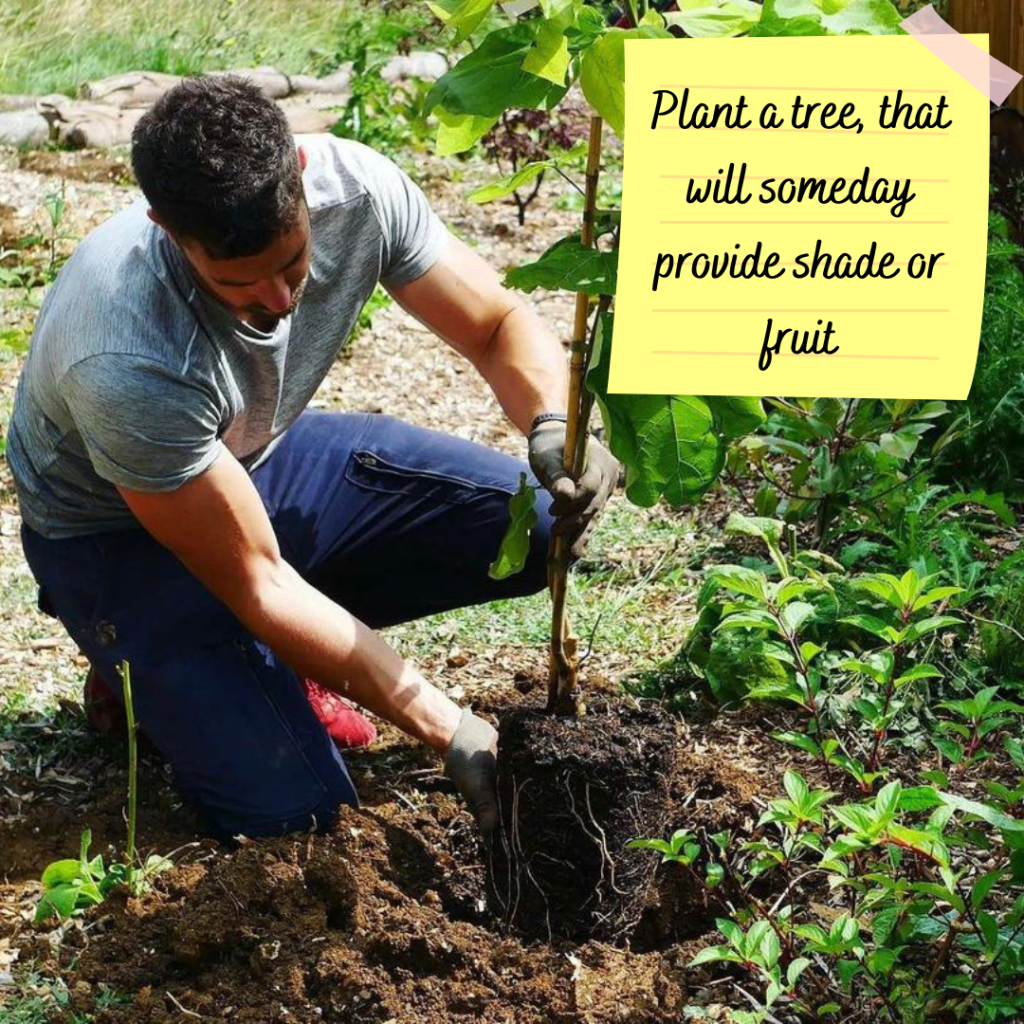
Planting trees is such a vital part of mitigating climate change — they act as natural carbon sinks, helping to reduce greenhouse gas emissions. They also reduce noise levels. Plus, trees are beautiful additions to any landscape, so it’s a win-win-win to plant some.
19. Reuse office supplies
Try reusing office supplies around the house in a sustainable way. Use old printer paper as wrapping paper. You can even decorate it with your artwork or any number of prints to make it more festive. Just make sure to use a low-carbon setting on your printer.
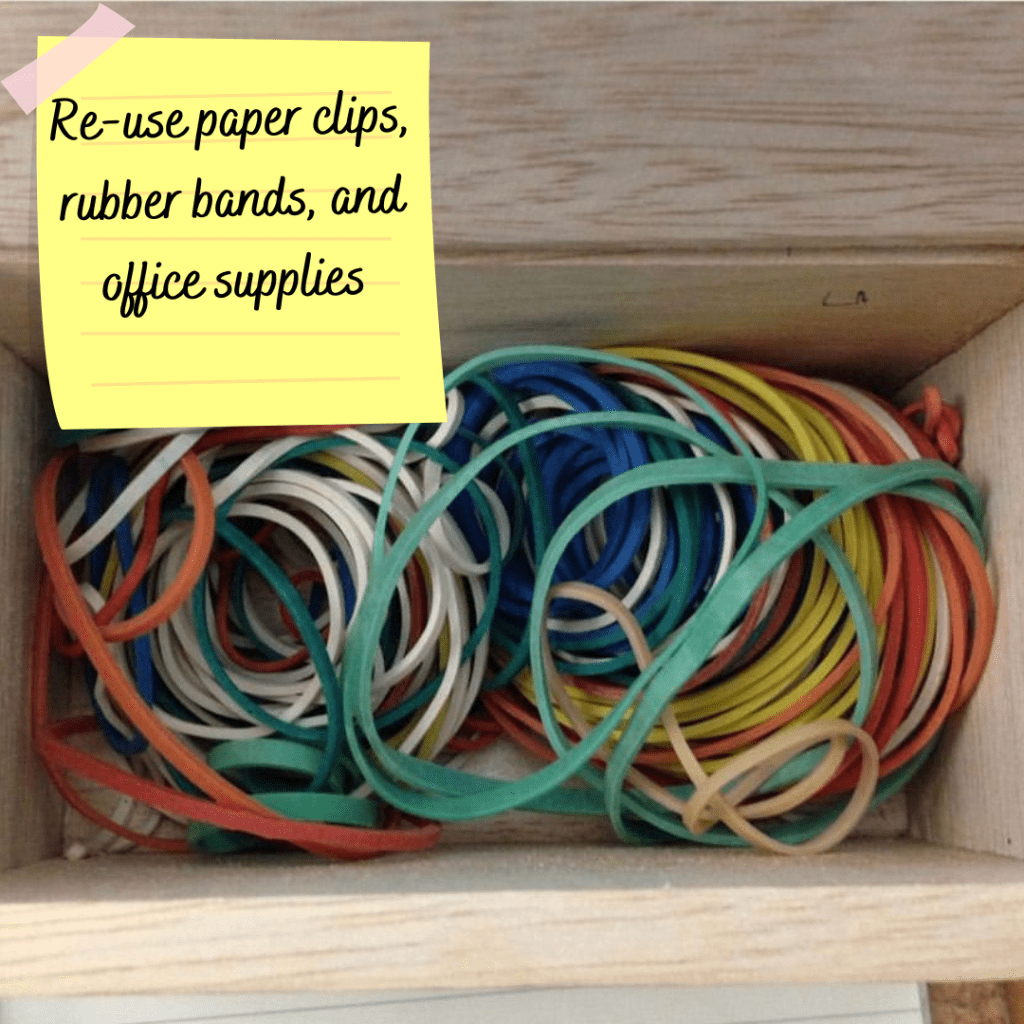
Paper clips and binder clips can be used for various things around the house, from securing cables and cords to holding bags together. Get creative and put them to work! Old file folders can be recycled into memo boards or picture frames. Just glue or tape them onto a surface.
20. Shop local
When it comes to shopping for a sustainable home, there are a few things to have in mind. First, look at the carbon footprint of the products you buy. Big box stores and online retailers have a bigger carbon footprint than local businesses.
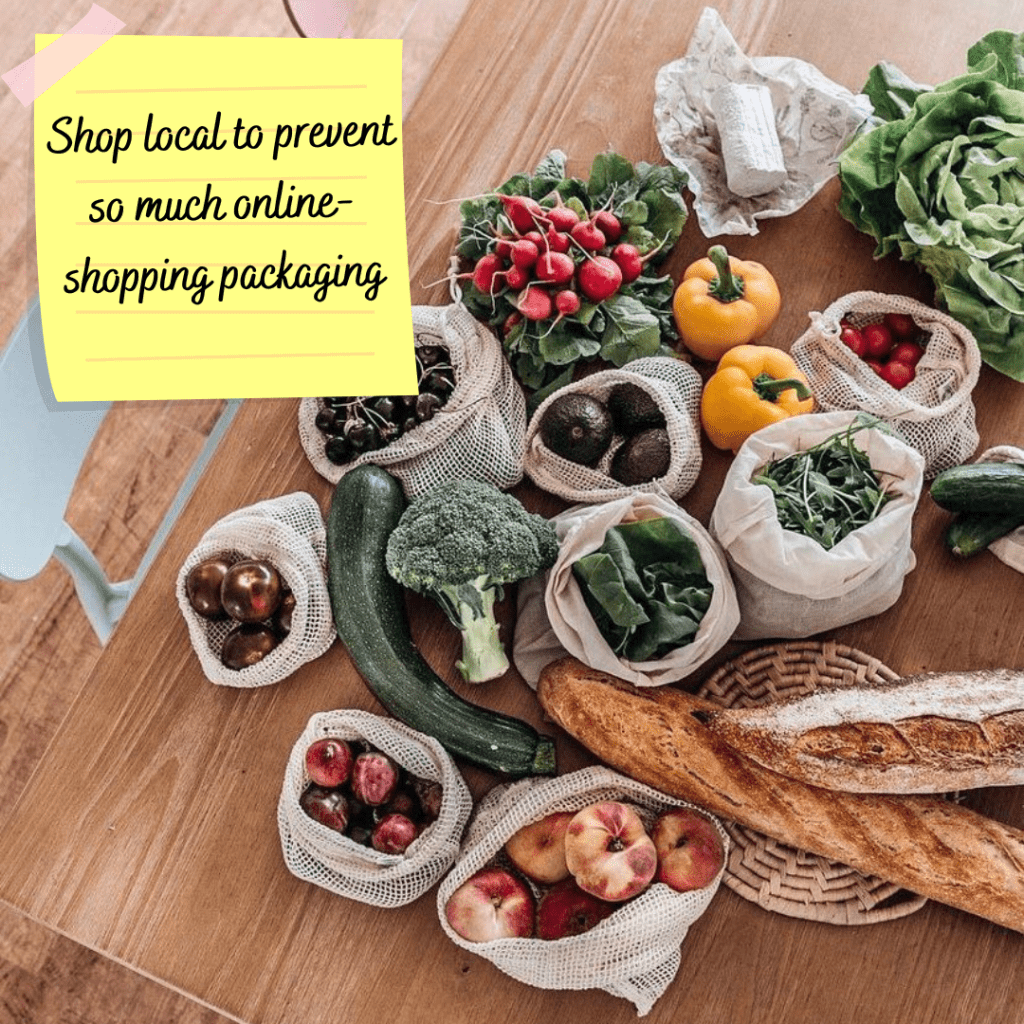
You should also look at the sustainability of the materials used in the products you purchase. By choosing products made from these sustainable materials, you’re ensuring that your home will be more environmentally friendly both now and in the future.
21. Pay your bills online
There are several advantages to paying your bills online. Aside from being sustainable by reducing the amount of paper you use, it’s convenient and efficient for everyone. You can pay your bills anytime, anywhere — no need to wait in line or worry about missed payments.

If you’re away from home, you can still check your email and pay your bills. And you can track your payment history and account status easily online. So why not go paperless today? It’s an easy yet impactful change you can make.
22. Don’t keep the faucet running
There’s a massive debate surrounding the issue of sustainability. One thing that is often overlooked is the amount of water wasted through simple everyday habits like leaving the faucet running when you brush your teeth or shave. Start turning off the faucet while you’re doing these activities.

It’s easy to forget about the amount of water we use on a daily basis, and it’s even easier to take for granted the availability of this precious resource. With increased droughts occurring worldwide, we must all be more mindful of our water usage.
23. Unsubscribe from junk mail
Spam mail is more than just a nuisance — it’s terrible for the environment. Every day, millions of pieces of junk mail are sent out, clogging up our landfills and using precious resources. In fact, the production of junk mail uses more water than any other single household activity — even showering.

Fortunately, you can take some easy steps to reduce the amount of spam mail you receive. First, unsubscribe from unwanted catalogs and store emails. Ask your friends not to forward you chain emails or promotions. Finally, install a spam filter on your email account to help screen out unwanted messages.
24. Turn off the lights
Of course, turning off the lights when you’re not using them is one of the easiest ways to save energy and conserve resources. We all know this, but did you know that there’s more than one reason why this is important? For starters, it can help reduce your carbon footprint.
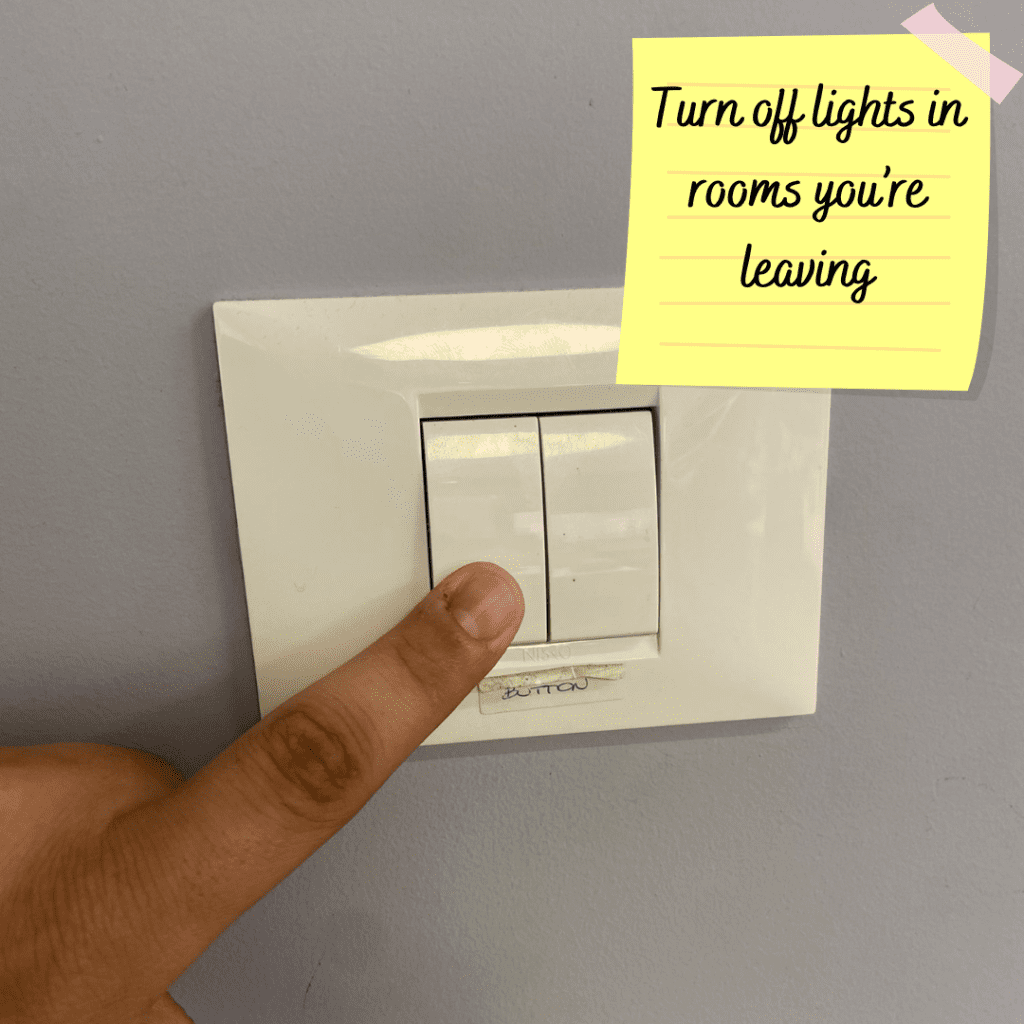
By doing something as simple as shutting off unused lights, you can make a big dent in your contribution to climate change. Talk to your family about conserving energy. Let them know why it’s essential to turn off lights when not in use. Explain that even small changes can make a significant impact.
25. Try to shop less
It may seem like a great idea in theory, but in practice, it can be tough to curb our spending habits. After all, we’re constantly bombarded with ads and social media posts telling us we need the latest and greatest gadgets, clothes, and cosmetics.
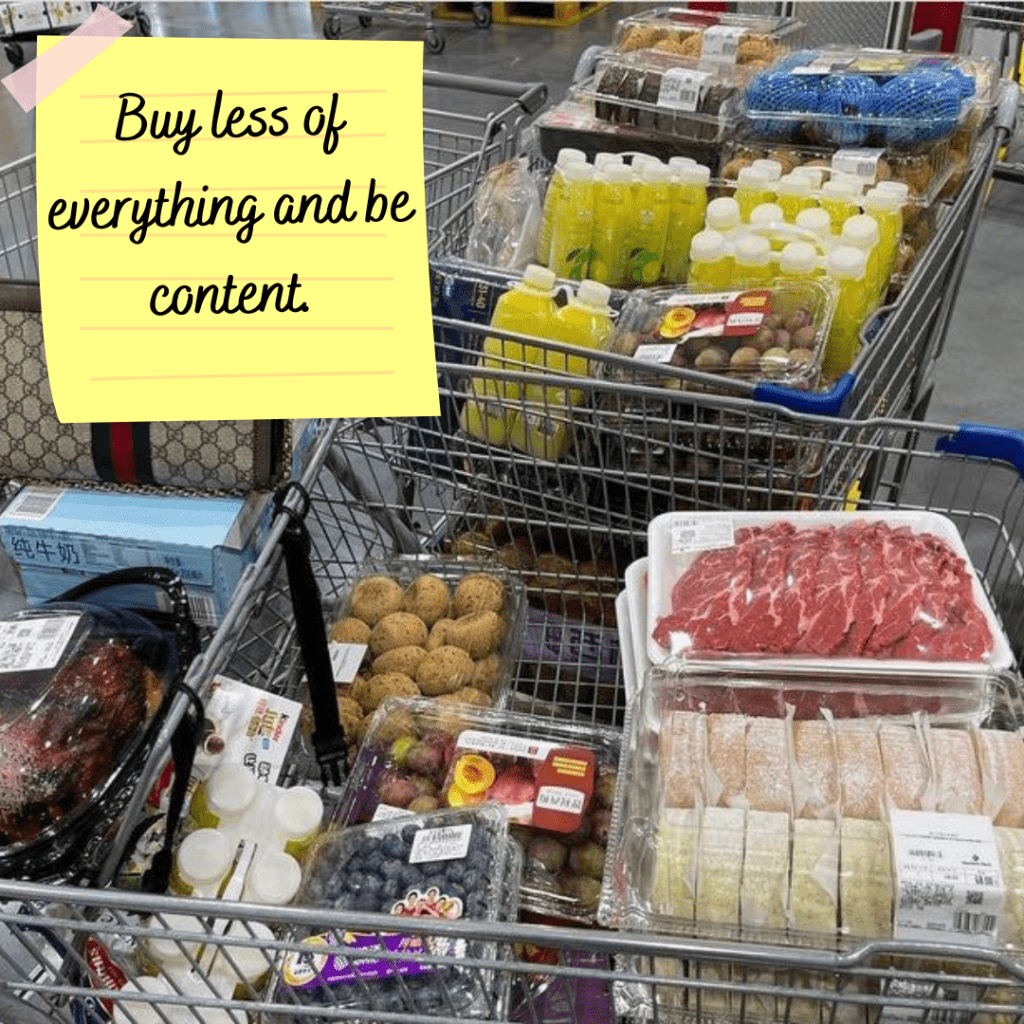
But if we want a sustainable home and planet, we need to start by buying less of everything. It might seem like a difficult task at first, but if we start small and make a conscious effort only to buy what we truly need, then eventually, it will become second nature.
26. Clean regularly
One of the best options to avoid having to do heavy-duty cleaning regularly is to establish a cleaning routine and stick to it. It doesn’t need to take all day, either. Just designate some time each week to tidy up, vacuum, dust, and so on.
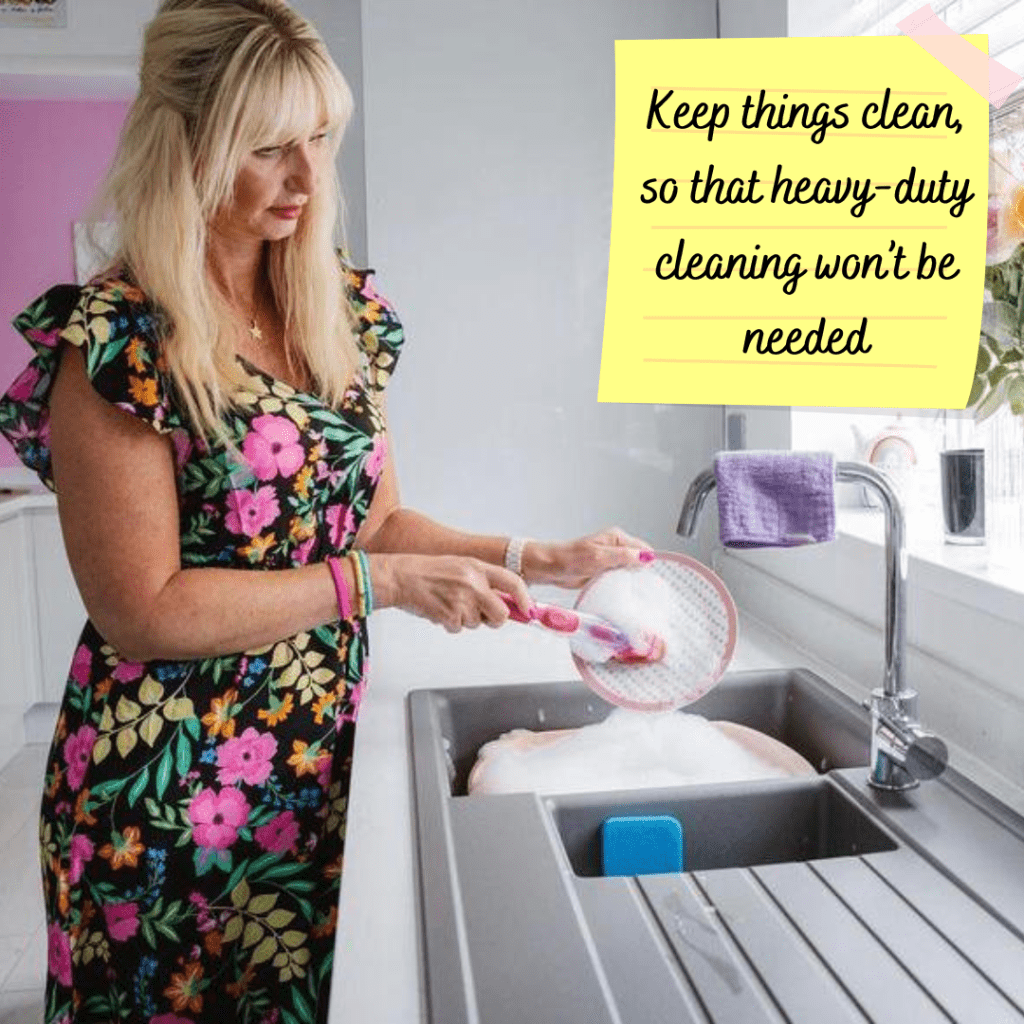
Even an hour or two of focused attention can make a big difference. Another helpful tactic is to declutter regularly. With more stuff in your home, you’ll have more to clean. And it’ll be harder to do so come cleaning day! So, donate unused and unnecessary items.
27. Install energy star windows
Installing energy star windows is an excellent step to making your home more sustainable. These windows help save on energy costs and reduce your carbon footprint — up to 30% in fact! Moreover, they’re made with high-quality materials that last longer and don’t corrode or rust.
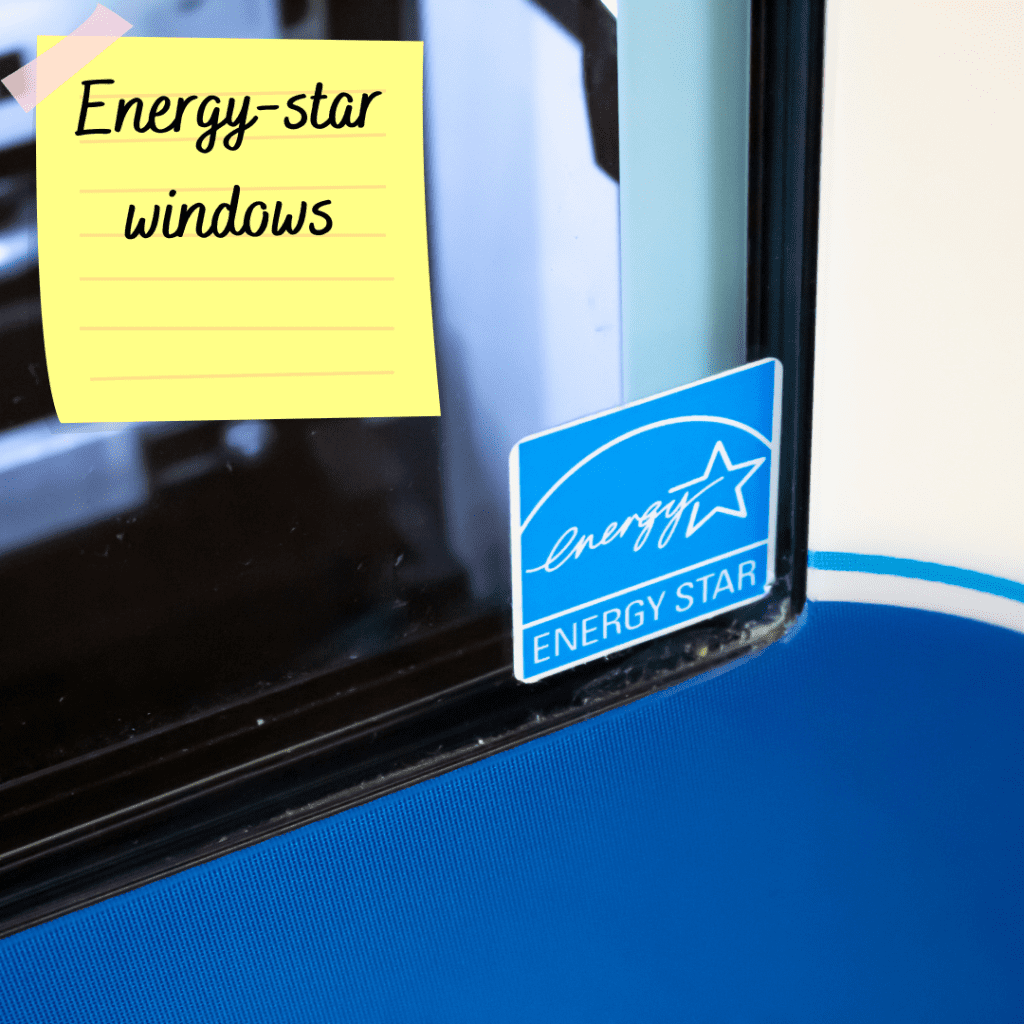
They are designed to keep out the elements and improve your home’s insulation. So, your home will remain cool in summer and warmer in winter. As a result, you will save on bills with the efficient use of HVAC appliances.
28. Clean jar labels
There’s no need to use strong chemicals or toxic solvents to clean stubborn jar labels — just a little peanut butter and a rag cloth will do the trick! The oil in the peanut butter will help dissolve the adhesive on the label, and the fabric will help scrub it away.
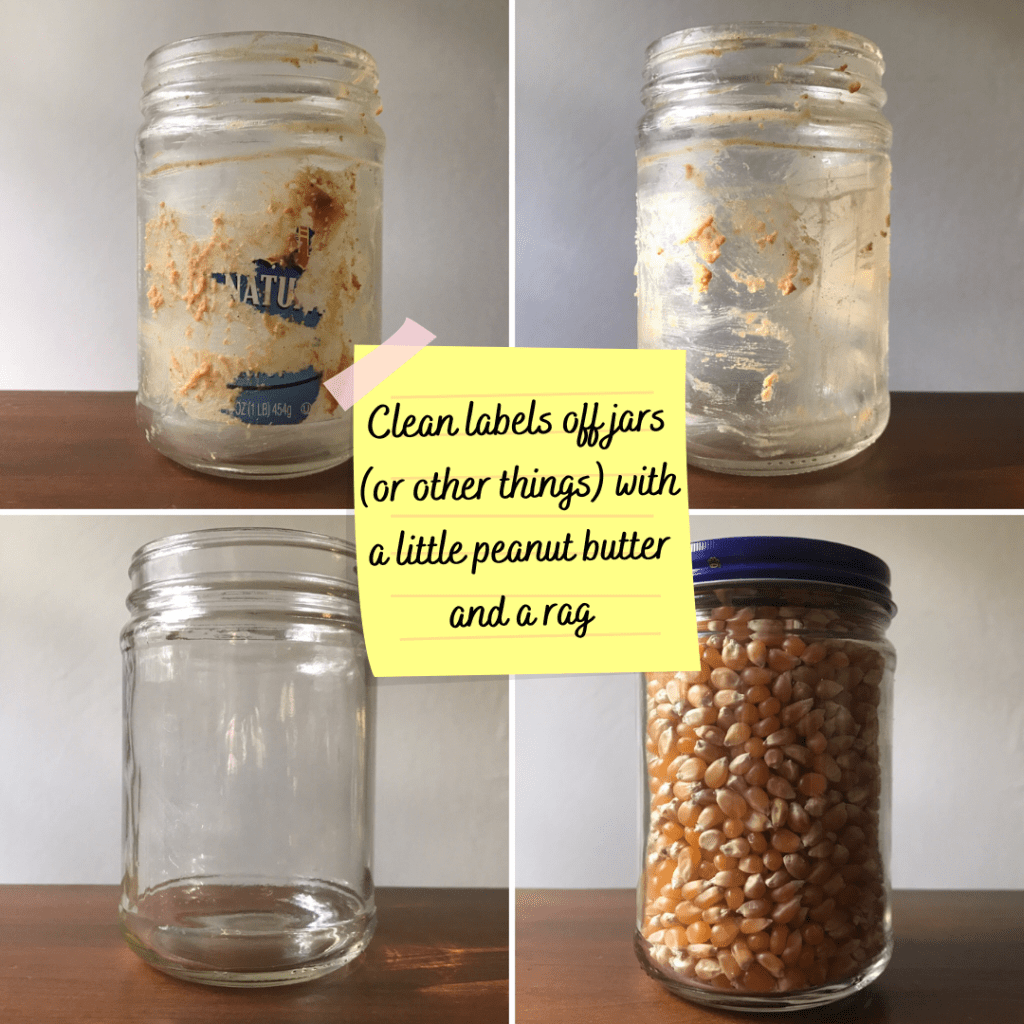
Plus, this method is entirely sustainable and eco-friendly — no waste produced and nothing harmful going down the drain. Apply a good layer of peanut butter to the label, and leave it for a couple of minutes. Once the adhesive is softened, gently rub the peanut butter into the label until it’s loosened and comes off easily.
29. Takeaway mugs and bottles
We all love our takeaway mugs and water bottles for drinks when we’re out and about, but what about using them at restaurants? It’s a great way to help reduce the amount of waste produced from disposable cups and bottles and save you some money.
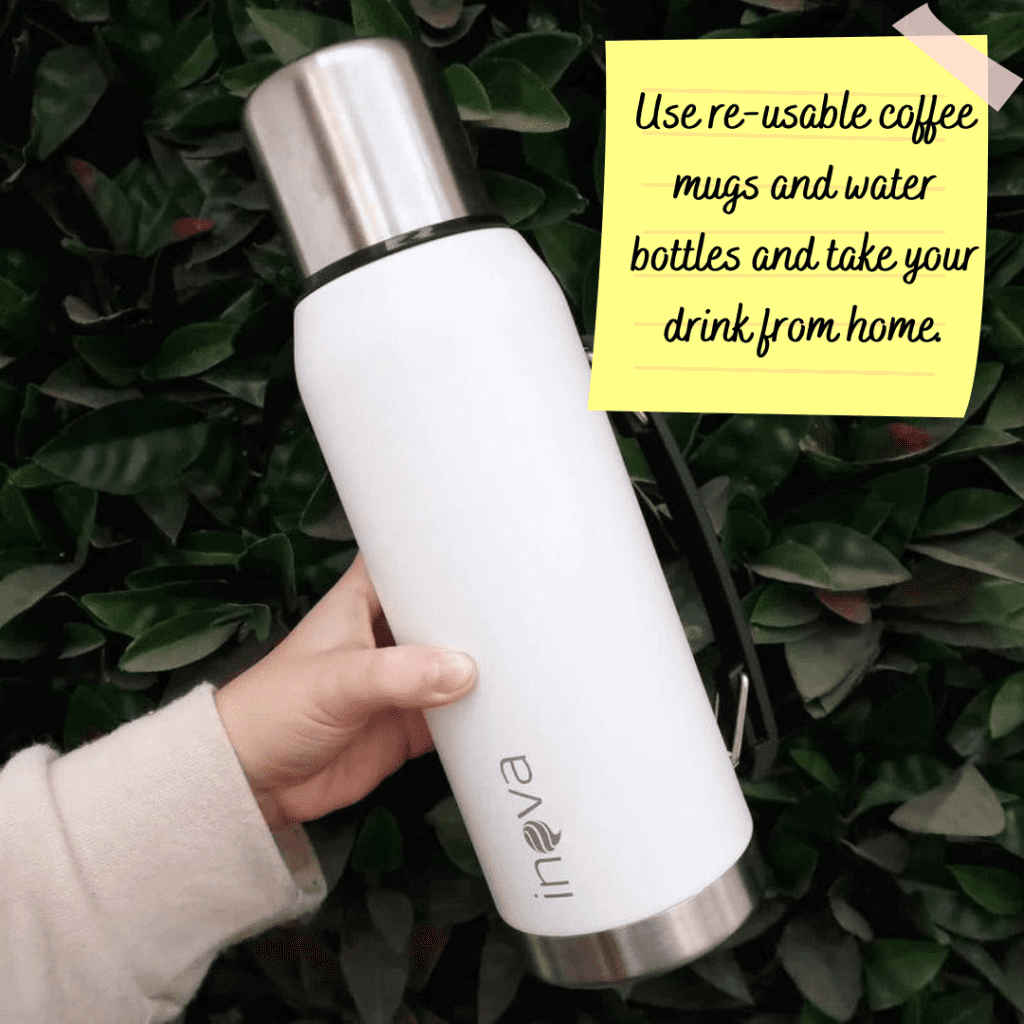
Also, it’s a sustainable way to help care for our planet. Next time you’re out at a restaurant, ask your server if you can use your mug or bottle instead of getting a plastic cup. Most places are happy to oblige, and you’ll be helping make a slight difference in reducing plastic waste.
30. Invest in an old home
There are many reasons to invest in an old home and remodel it into a sustainable home. Older homes tend to be more energy-efficient than newer homes, meaning you’ll likely have lower energy bills. Plus, older homes often have natural insulation, meaning you’ll rely less on heating and cooling.

This makes them excellent candidates for sustainable remodeling. Lastly, investing in an old home is a great way to help preserve our historic architecture and keep our neighborhoods vibrant and unique. By investing in an older property instead of a new one, you’ll be doing your part to reduce waste and help preserve our natural resources.
31. Fresh food from the farmer’s market
Be aware of plastic and packaging waste if you shop for groceries from large providers. You may not even get fresh food. Fresh food from farmers’ markets is excellent for creating a sustainable home. It’ll reduce your carbon footprint and support local farmers, which strengthens your community.

If you haven’t shopped at a farmer’s market before, here are a few tips. First, try to arrive early for the best selection. Second, bring your bags or reusable containers to reduce waste. You can also buy in bulk if there are seasonal fruits and vegetables.
32. Shop secondhand
When you buy used items, you’re reducing the demand for new products and saving some from becoming landfill fodder. You’re also saving money and helping to preserve natural resources. Think about it — when you buy something new, the item is made using energy, water, and other resources.

You can visit your local thrift store or consignment shop or browse online marketplaces like eBay or Craigslist. There are also websites and apps that specialize in secondhand shopping, where you may try to buy different used goods. Whatever route you choose, ask questions about the condition of the item and inspect it before buying.
33. Make a home garden
A home garden is a splendid way to get in touch with your food and create a sustainable source of healthy produce right at home. You can reduce your reliance on grocery stores and plastic-wrapped herbs, and the extra greenery will help clean up your air.
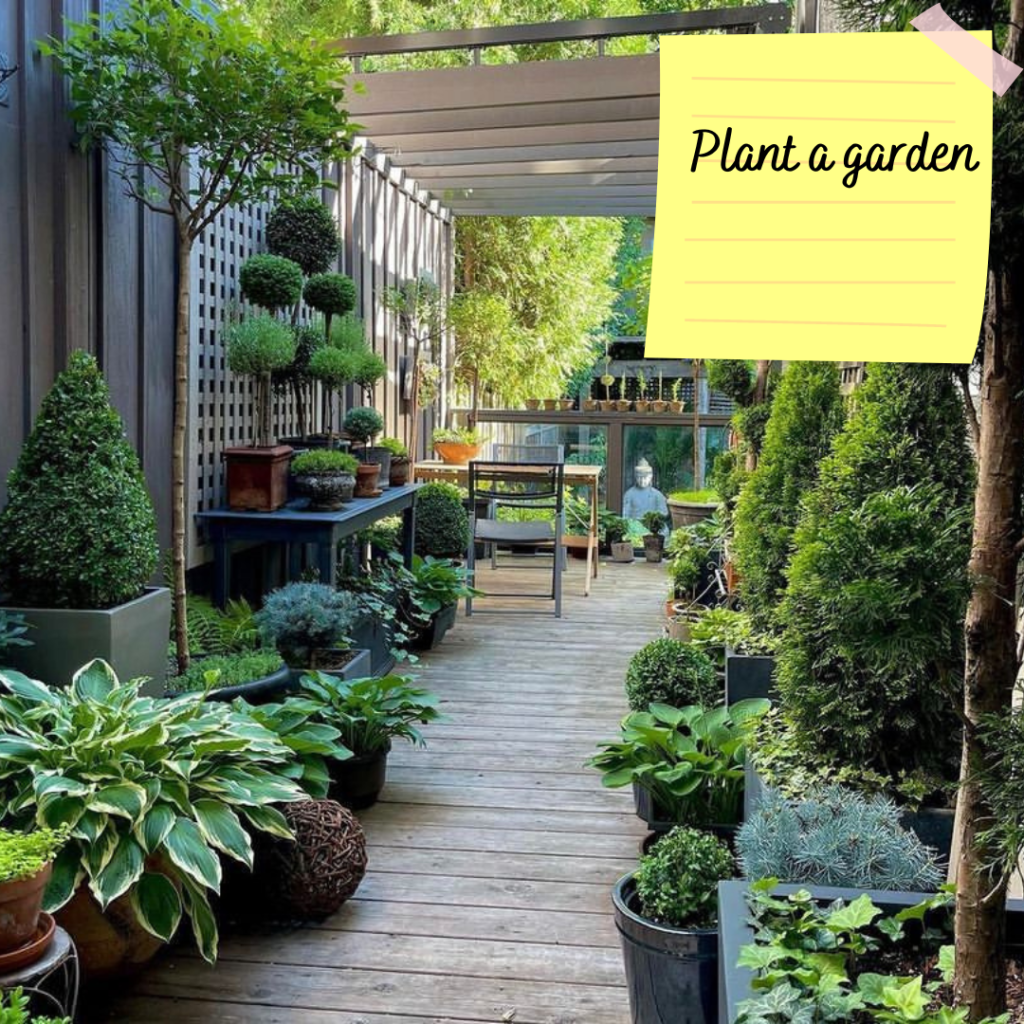
Before you get planting, take some time to research what will work best for your home and what grows in your climate. Start with nutrient-rich soil. Healthy plants will grow from healthy soil. Choose the right plants for your climate and soil type.
34. Choose a small home
The key to a sustainable home and life is to keep things simple. For this reason, choose a small home that is easy to maintain and doesn’t require a lot of energy to run. A smaller home will be less expensive to heat and cool and require less time and energy to clean.

Besides, with fewer rooms to furnish and decorate, you’ll have less clutter in your life and more time and money to spend on the things that matter most. They’re also easier to keep cool or warm in extreme weather conditions, they’re more affordable, and they can be easier to remodel than large homes.
35. Adjust the thermostat
Adjusting your thermostat can have a significant impact on your energy usage and, ultimately, the sustainability of your home. But it’s not just about turning the dial down in the winter and up in the summer — there are a few things to keep in mind when making adjustments.

Lowering your thermostat just a few degrees can save you energy and cash. Make sure to adjust your thermostat based on the season — you’ll likely need it to be warmer in winter and cooler in summer. Avoid using extreme temperatures, which can be uncomfortable and damage your health.
36. Use LED lights
LED lights use a fraction of the energy of traditional bulbs, and they last much longer. Plus, they don’t produce as much heat, so they’re ideal for use in homes with limited ventilation. LEDs come in all shapes and sizes, so you shouldn’t have trouble finding the right one(s) for your home.

There are even LED Christmas lights available now! If you’re ready to make the switch to LED lighting, keep a few things in mind. Some are more efficient than others, so it’s essential to choose wisely. Look for an LED light that has the Energy Star label.
37. Rainwater for plants
Rainwater is a fantastic way to water plants sustainably. It’s free (other than the cost of collecting and storing it) and doesn’t use any resources like electricity or treated water. And rainwater is especially great for plants because it’s naturally pH-balanced and contains many vital nutrients that help plants thrive.
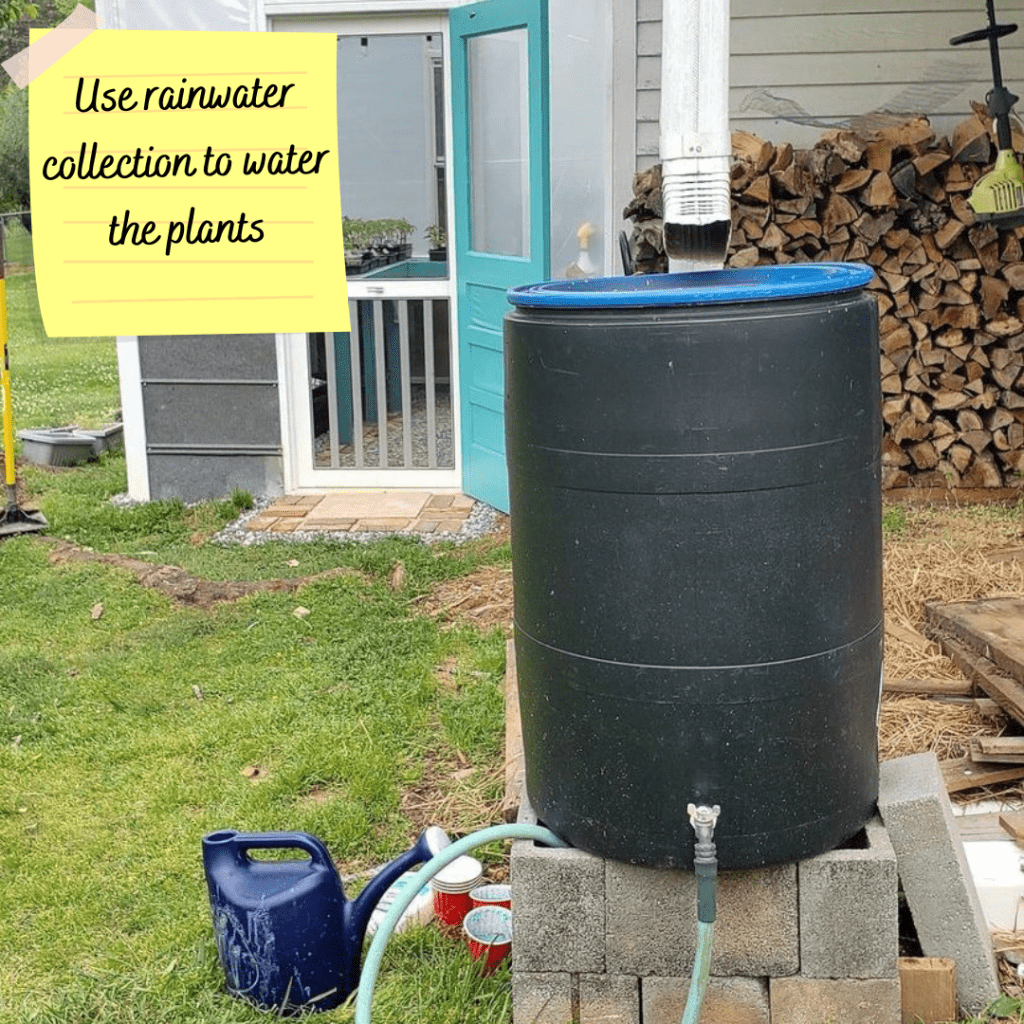
There are a few ways to collect rainwater for use in the garden. Install a gutter system and drain the collected rainwater into a large container or tank. You can also collect runoff from your roof by using a rain barrel. If you live in an area with high rainfall, spread out a tarp.
38. Make notes on junk mail
You can save paper and recycle at the same time by using both sides of a piece of paper for your notes. Not only will this help reduce the number of trees that are chopped down each year to make paper, but it’ll also help you stay more organized.
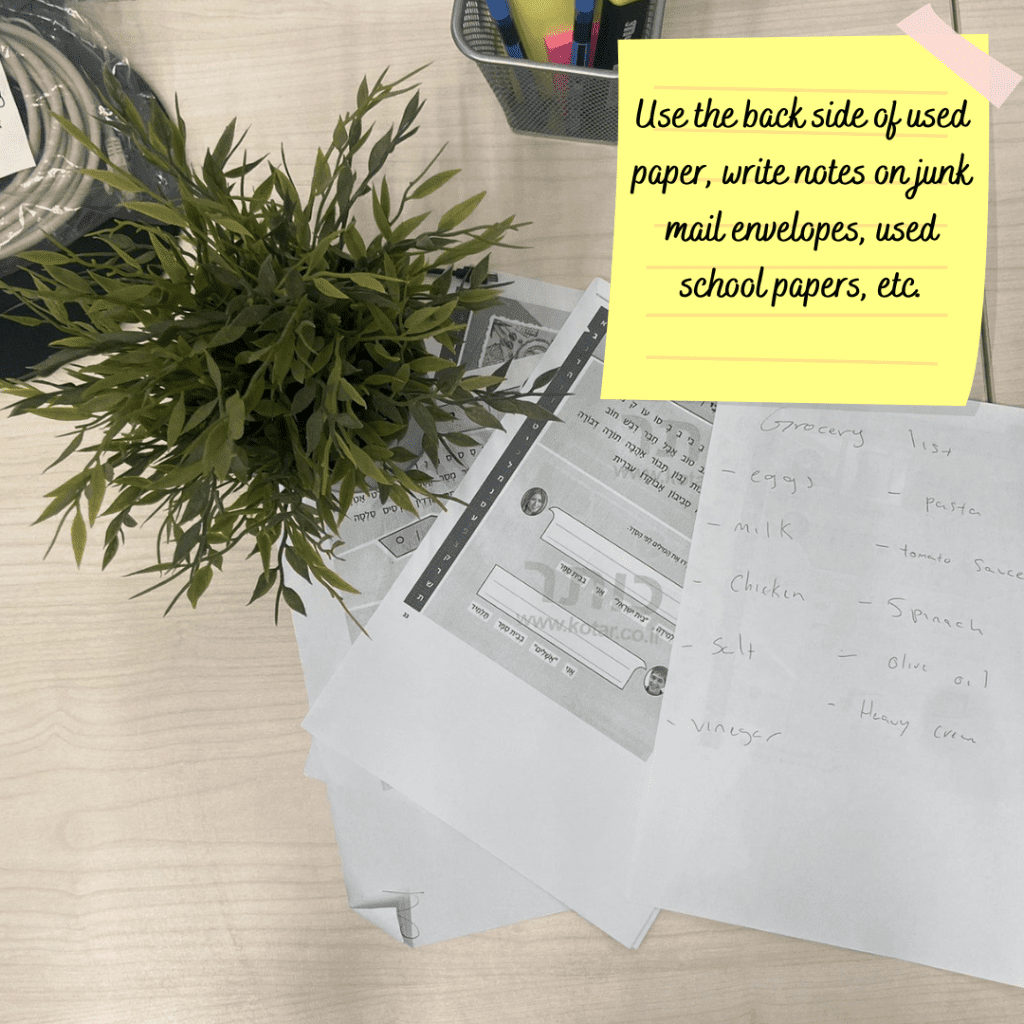
When taking notes, use different colors for each topic or section. That way, you’ll be able to flip through them quickly and efficiently. If you need to make smaller notations within a section, use a pencil instead of a pen so that you can erase them later if needed.
39. Use plug-in strips
Why not just unplug your appliances when you’re not using them? That’s the most sustainable way to save energy. Though, it is a hassle to go around, constantly plugging and unplugging everything. This is where plug-in strips can be helpful.
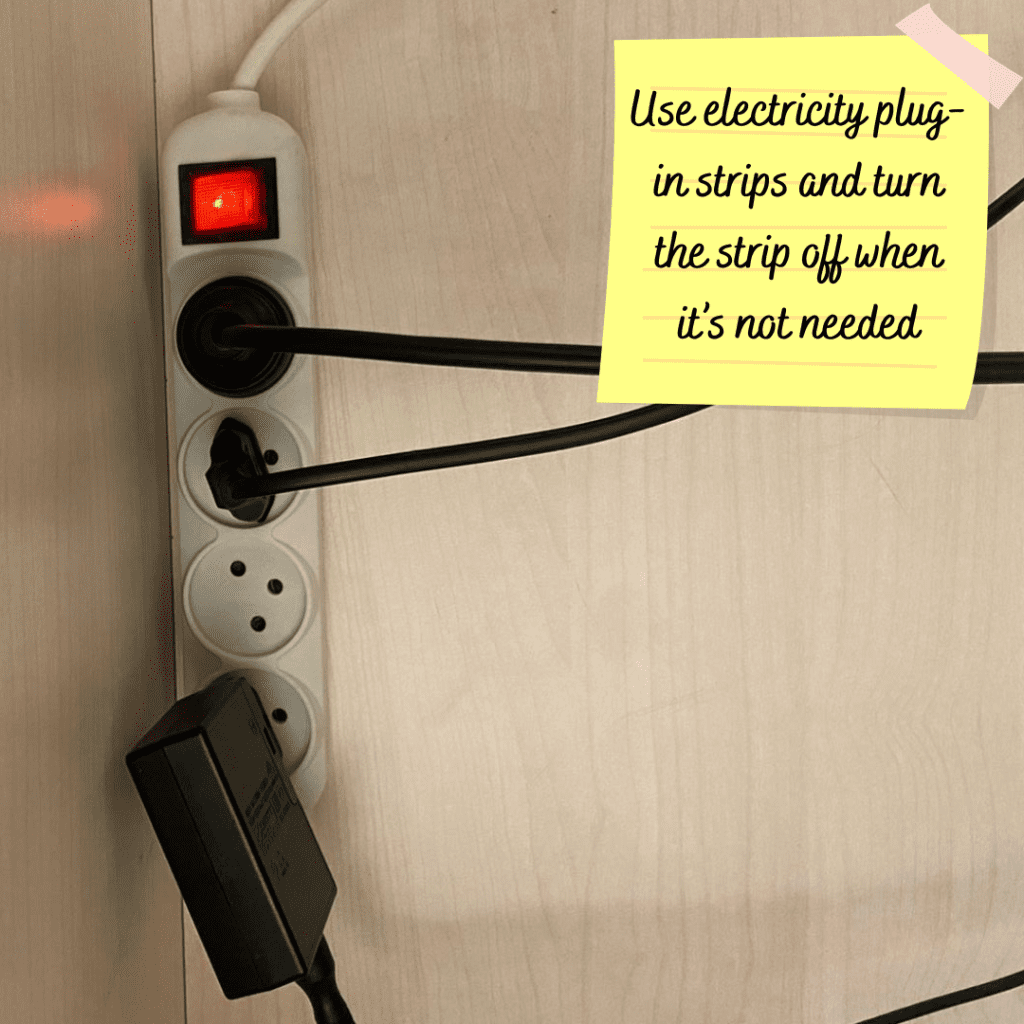
By using these, you can easily control which appliances and electronics are turned on and off without having to individually unplug each one. Use a few plug-in strips around your home and turn them off when you’re not using the appliances plugged into them.
40. Donate things
One great way to have a more sustainable home is to donate things you don’t use to thrift stores. Thrift stores are a great way to get gently used items for your home at a fraction of the cost, and it’s a great way to keep these items out of landfills.

Plus, when you donate items to thrift stores, you’re helping to support a good cause. Thrift stores are often run by nonprofit organizations, so your donations help these organizations do good work in your community. So next time you have some extra stuff lying around, donate it to your local thrift store.
